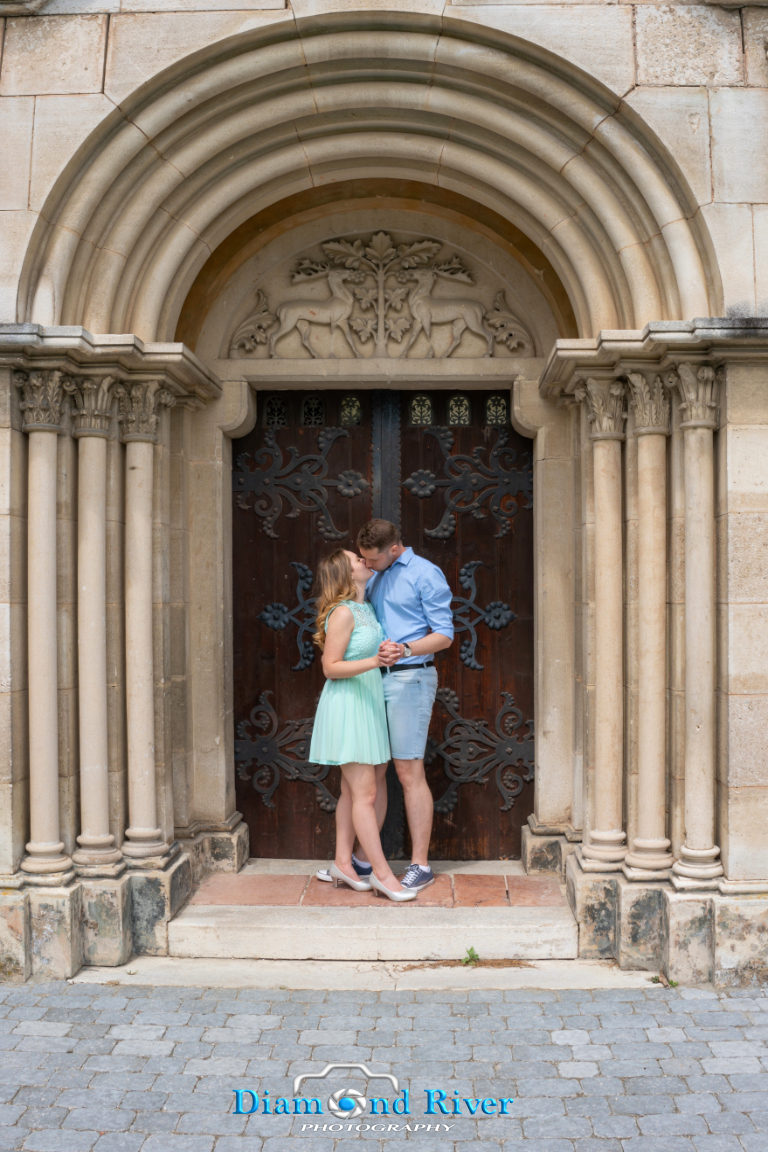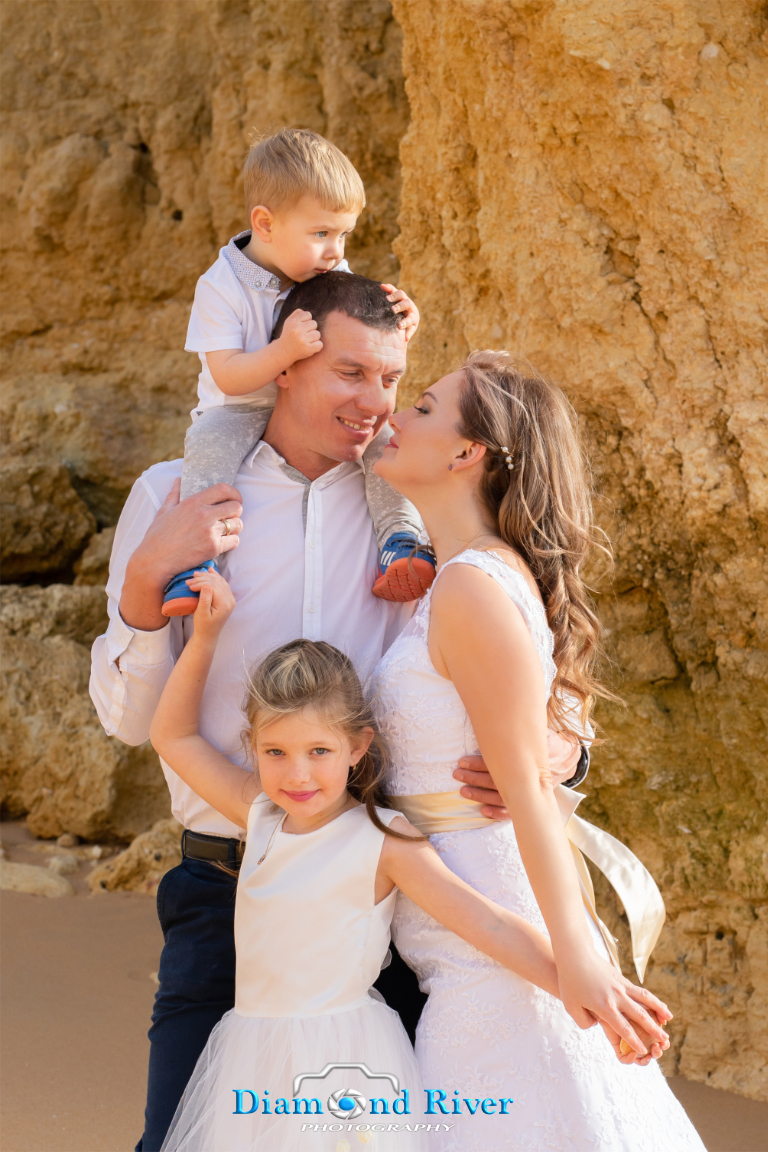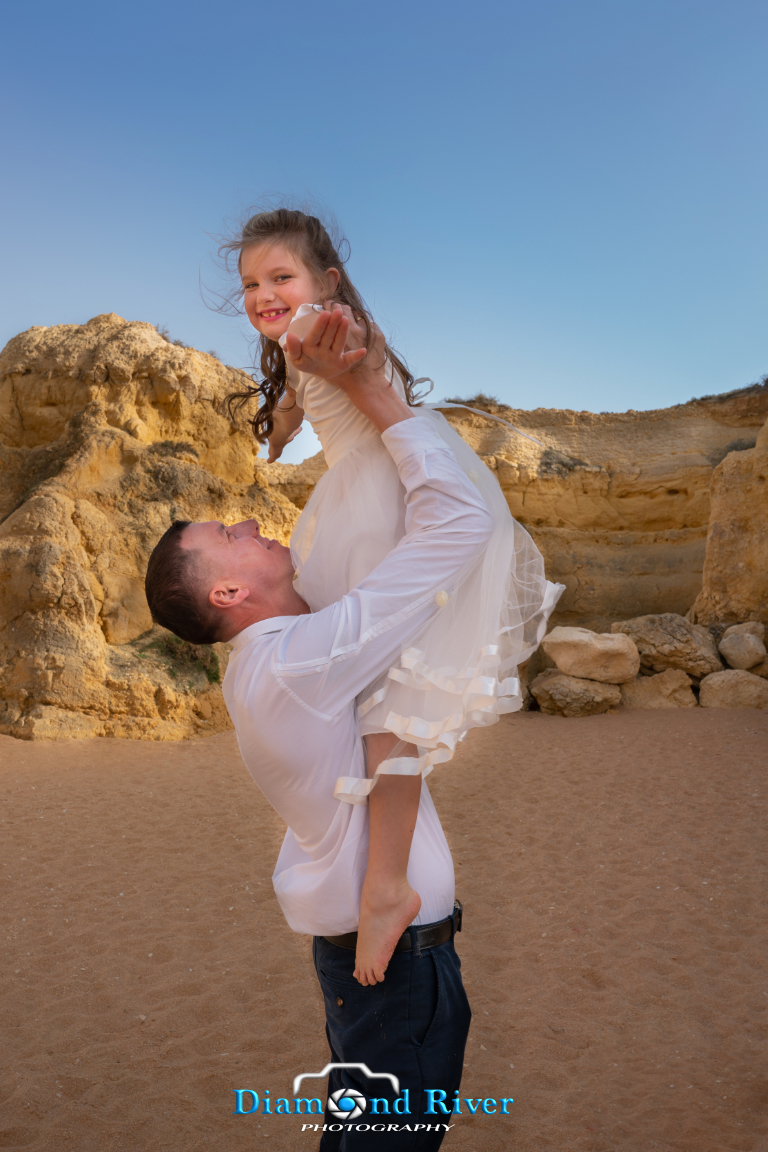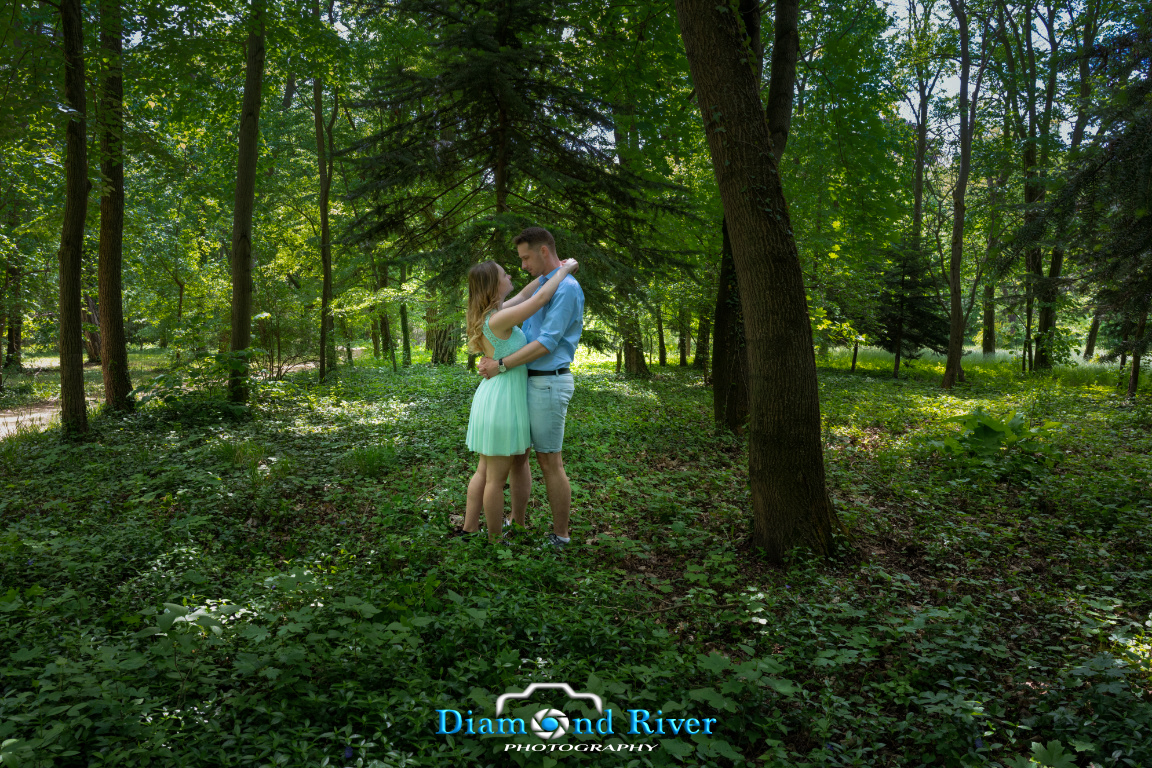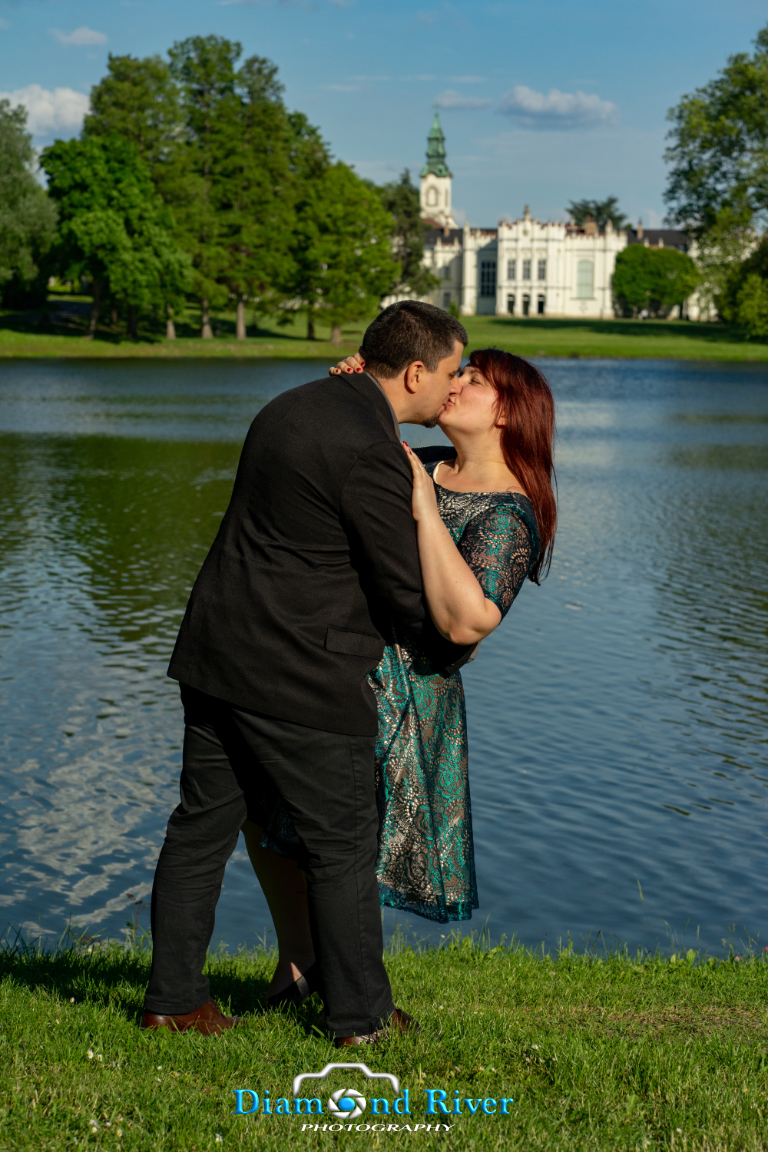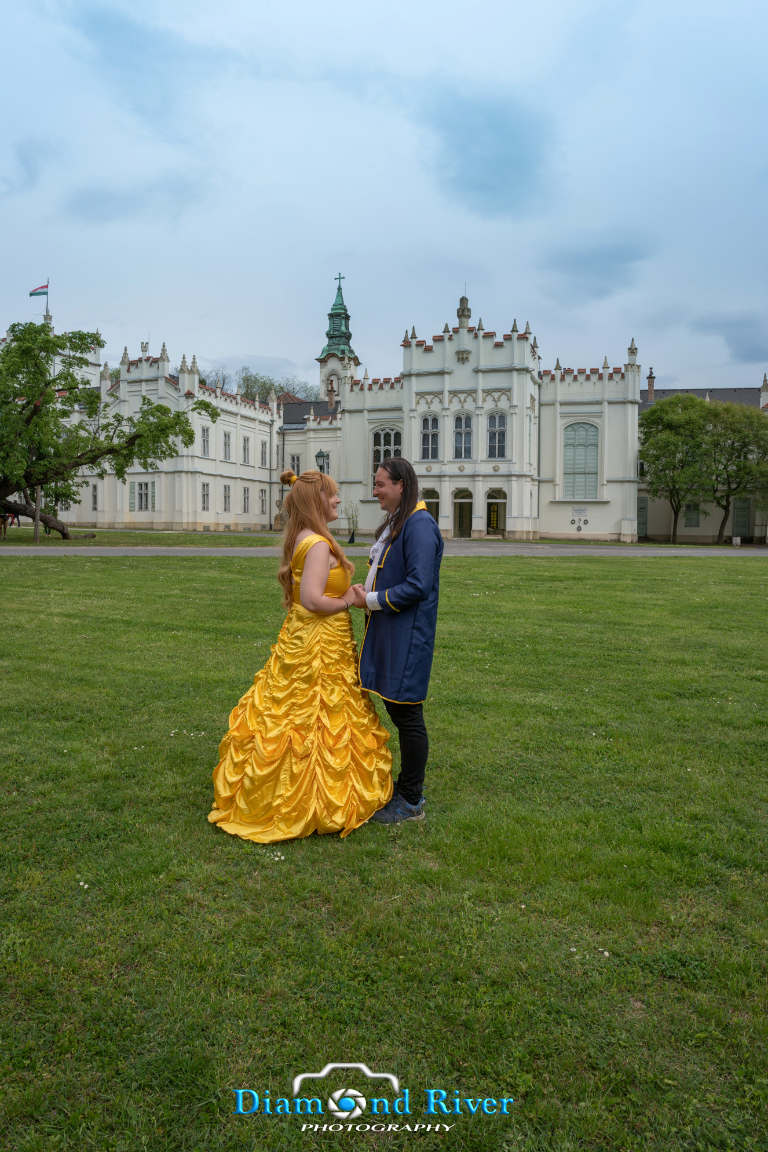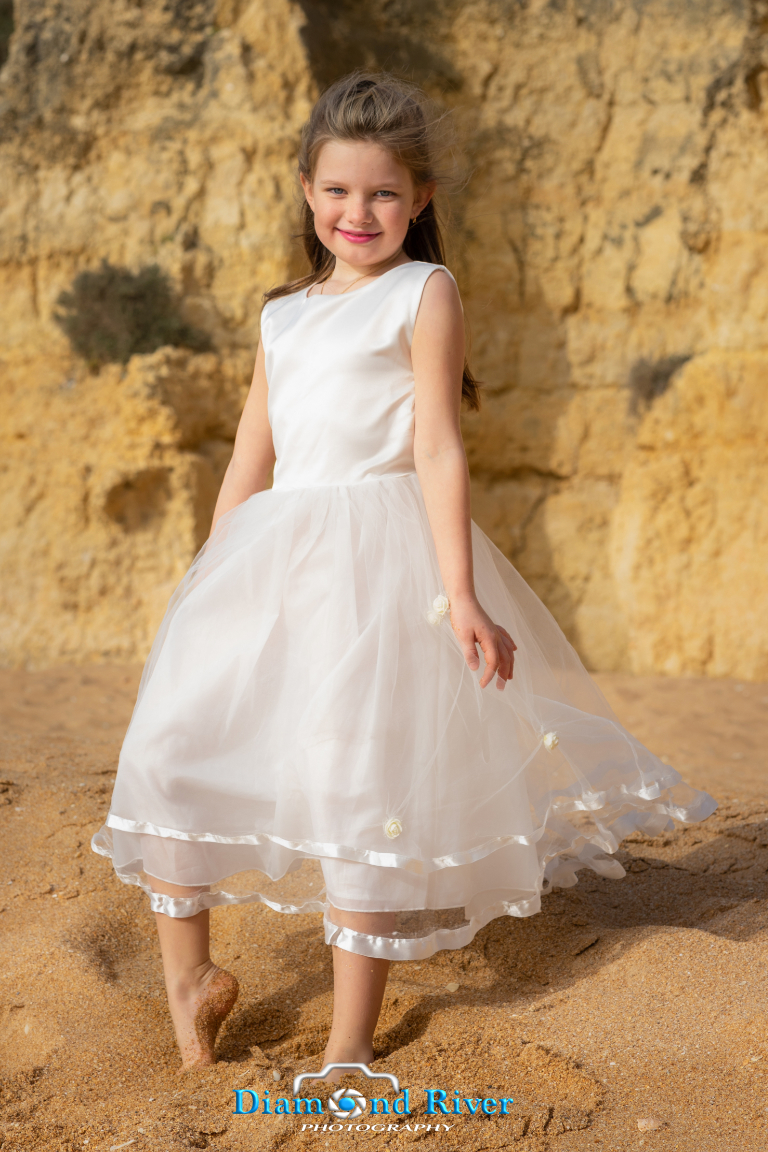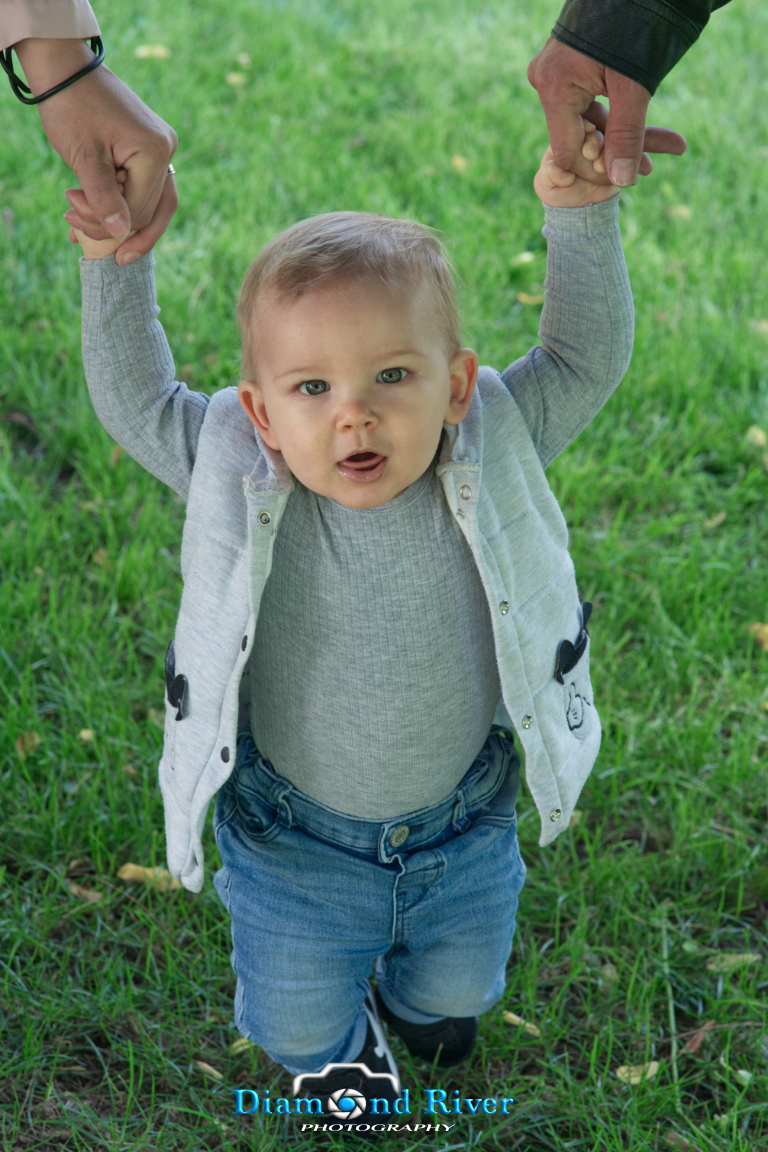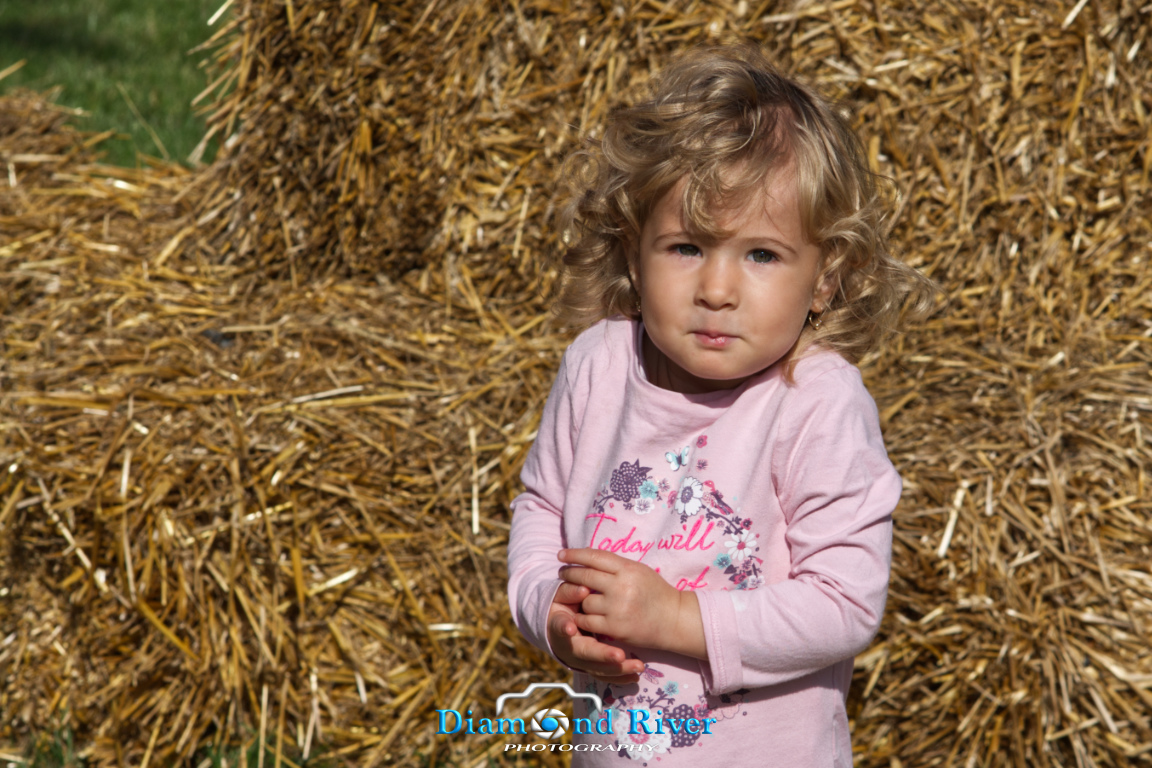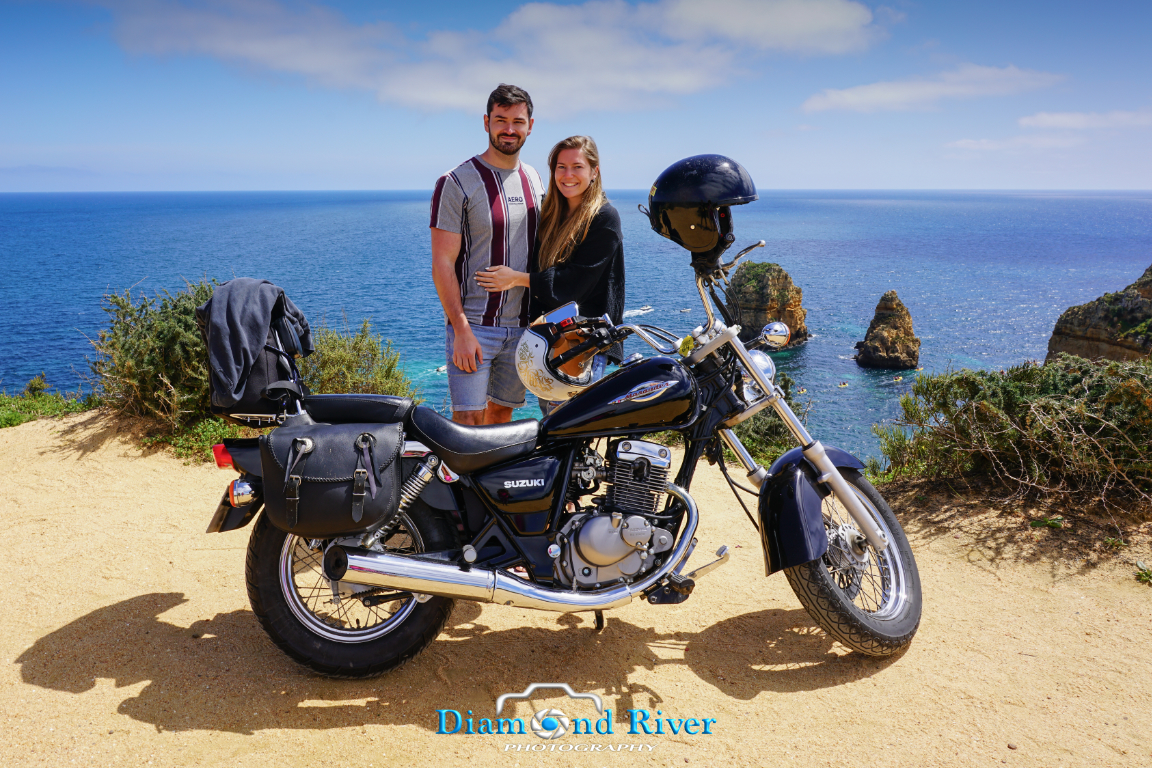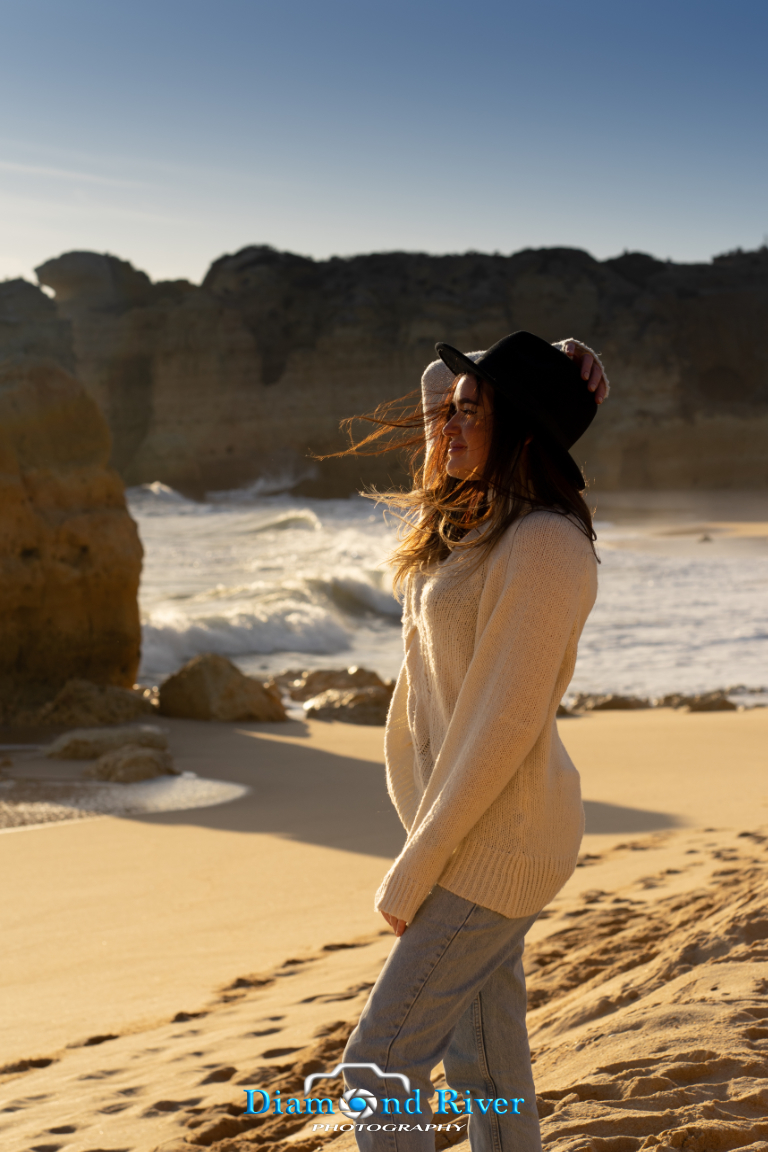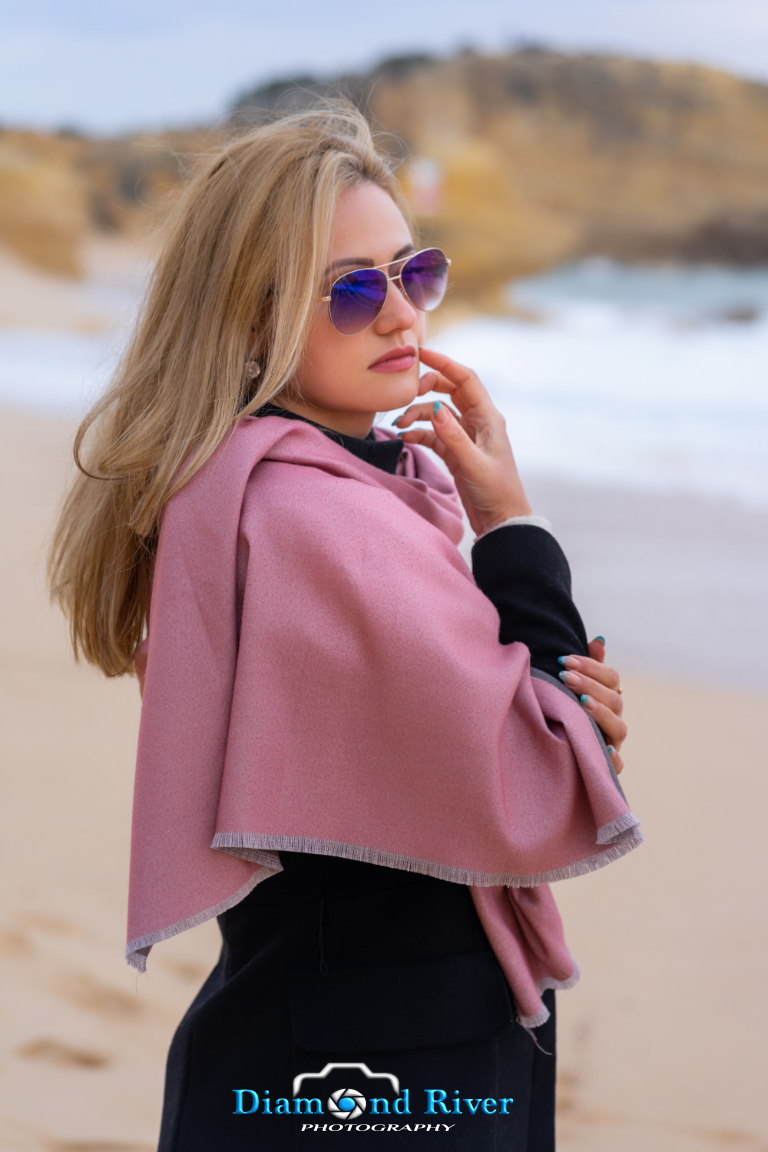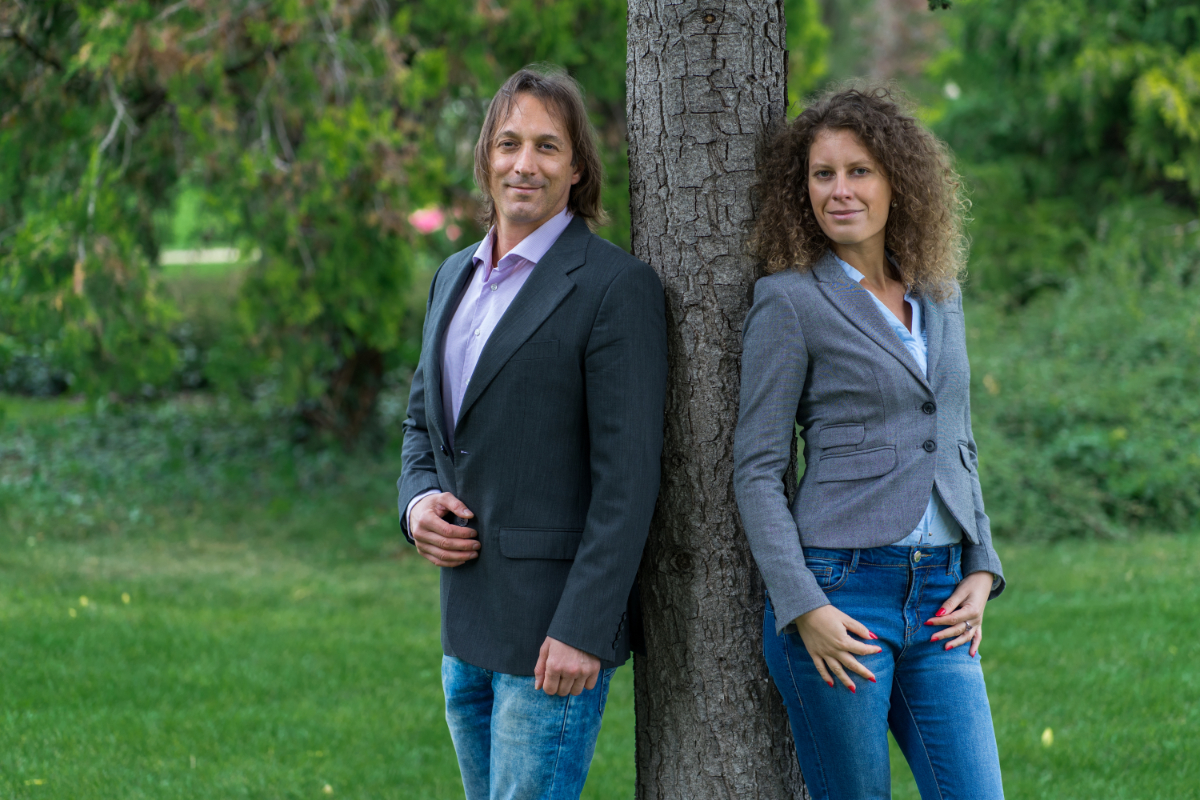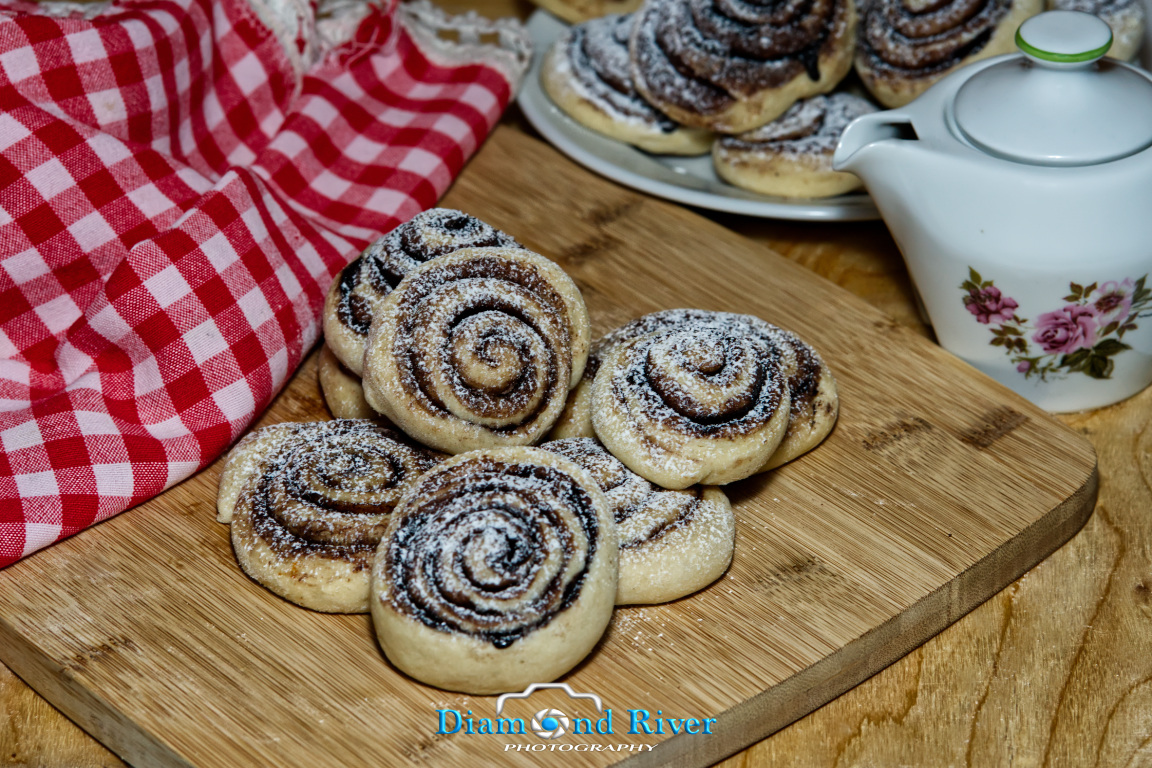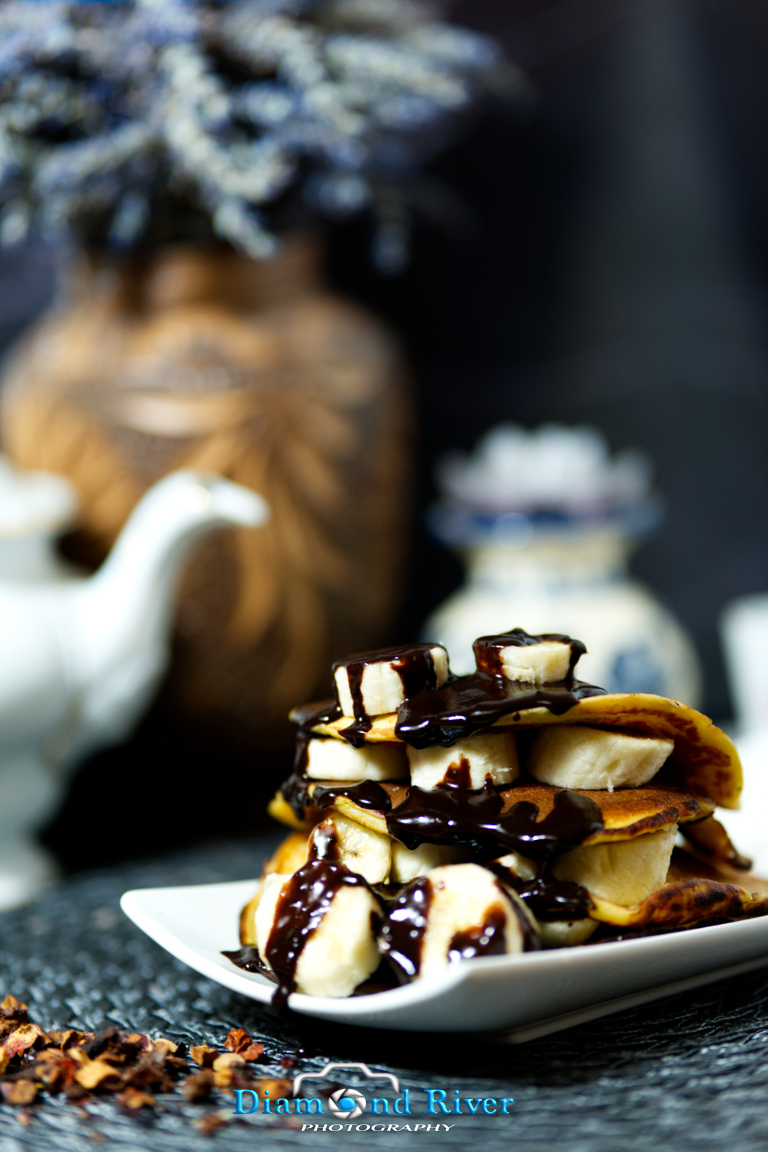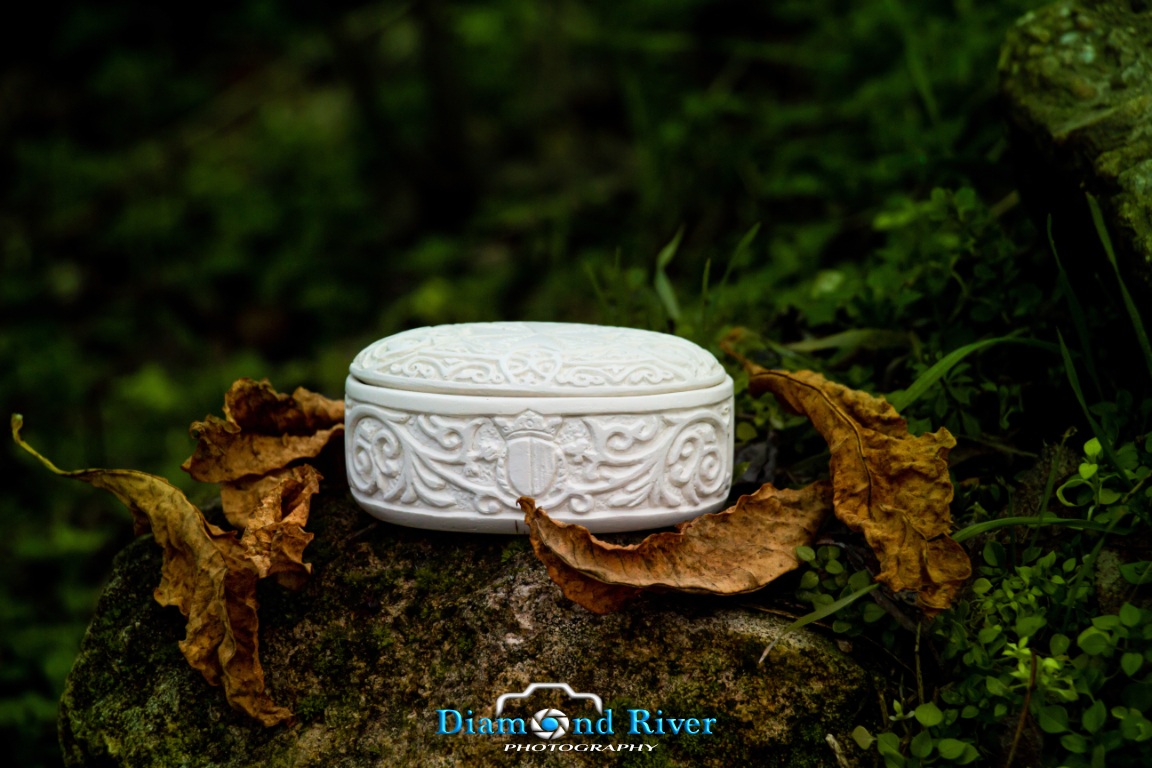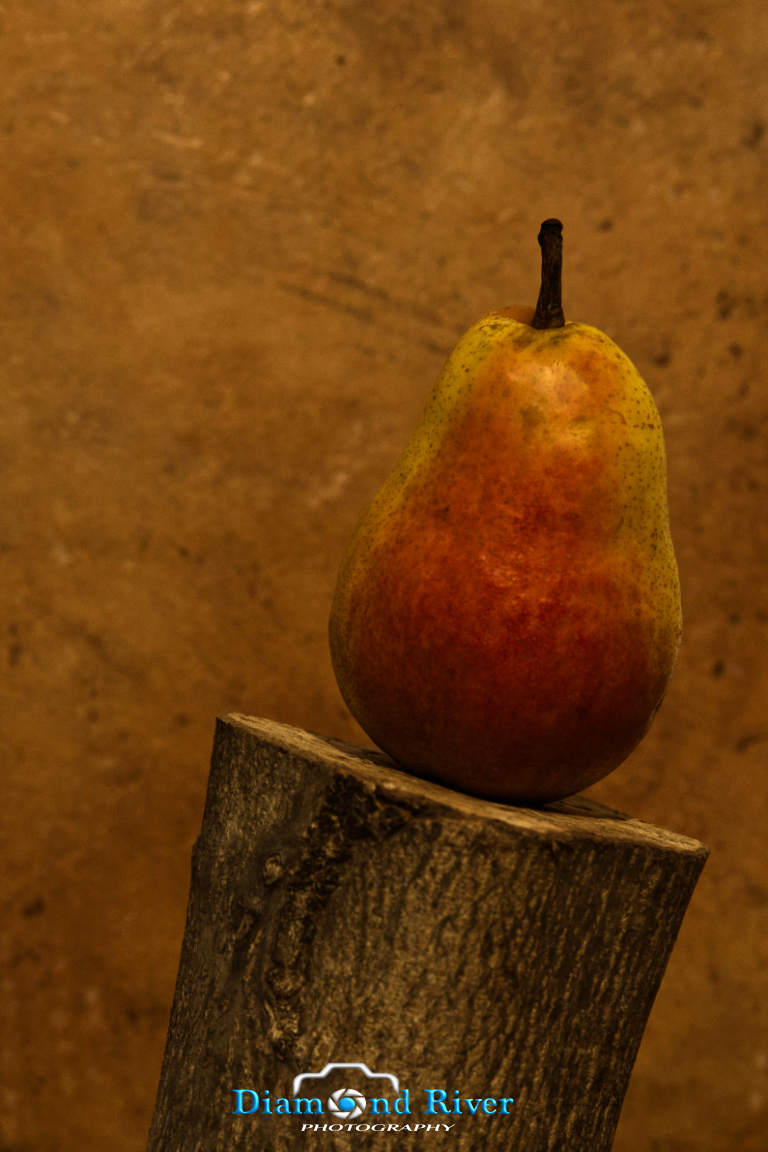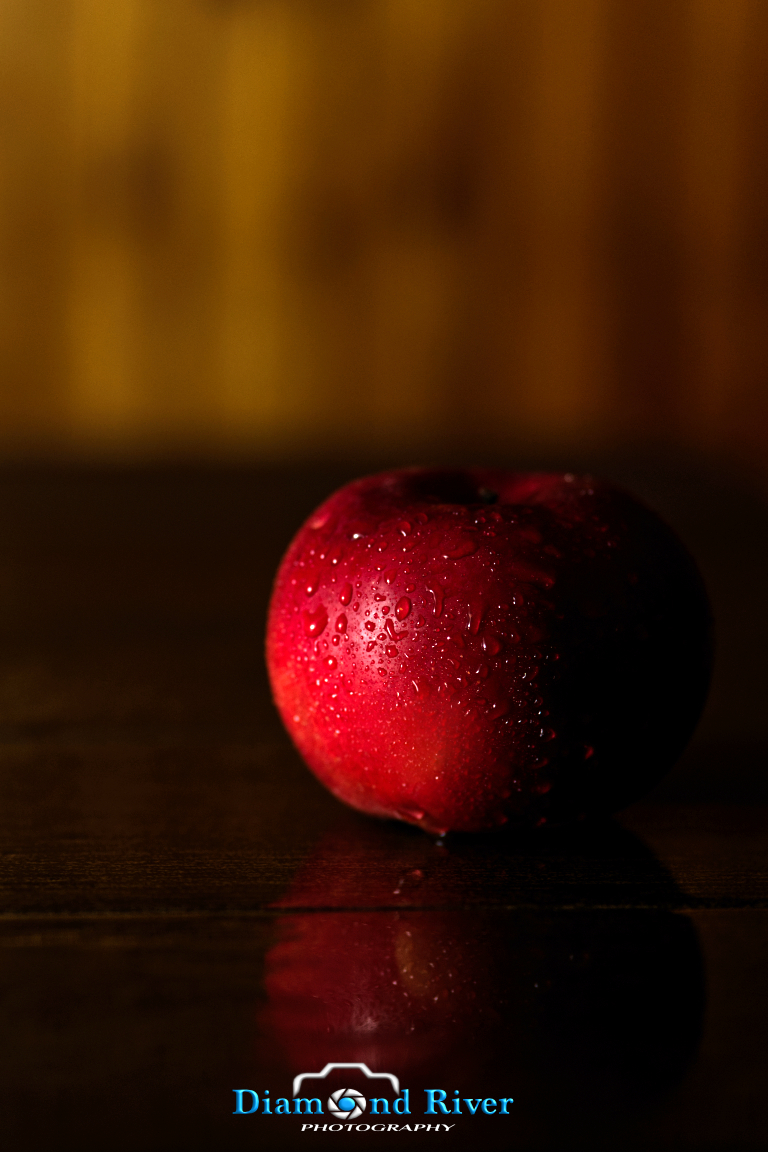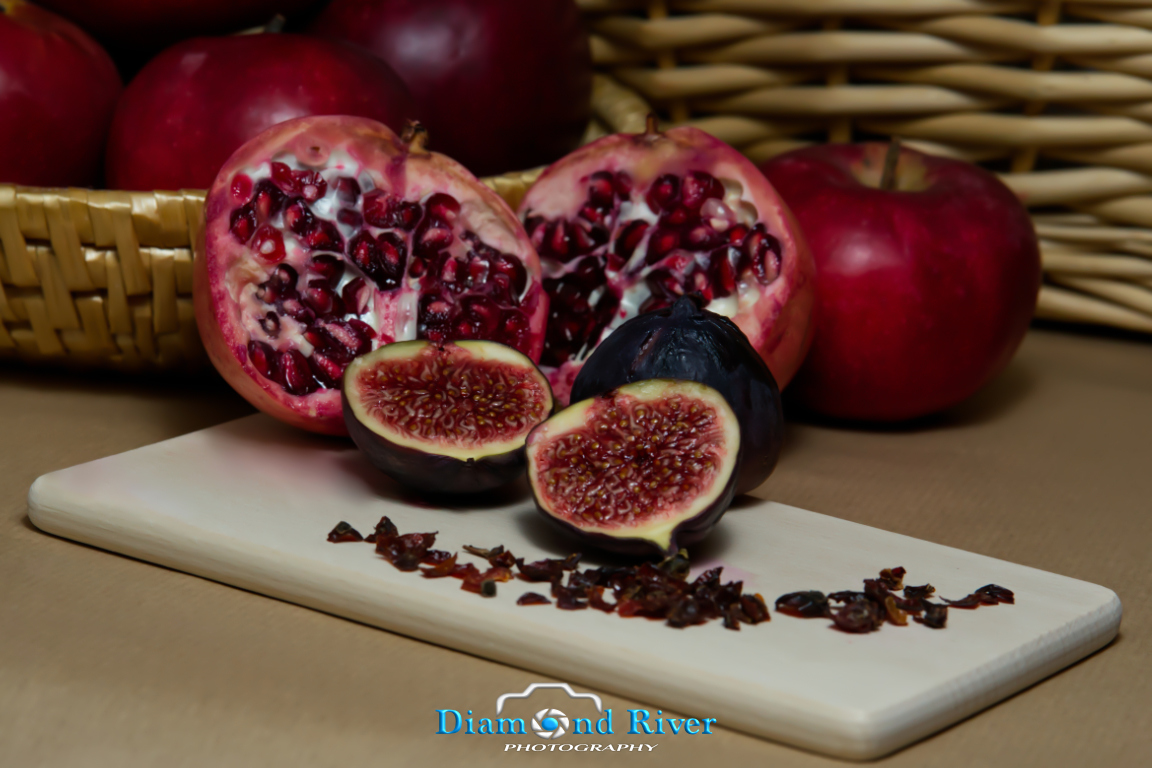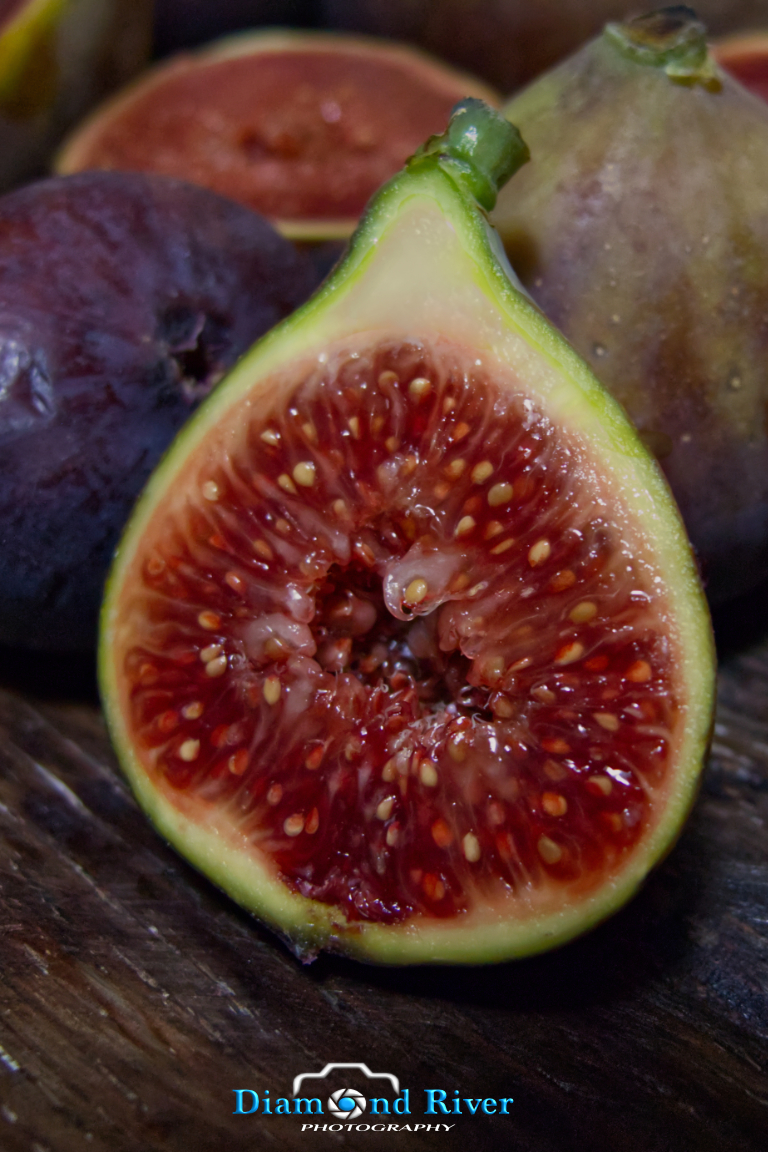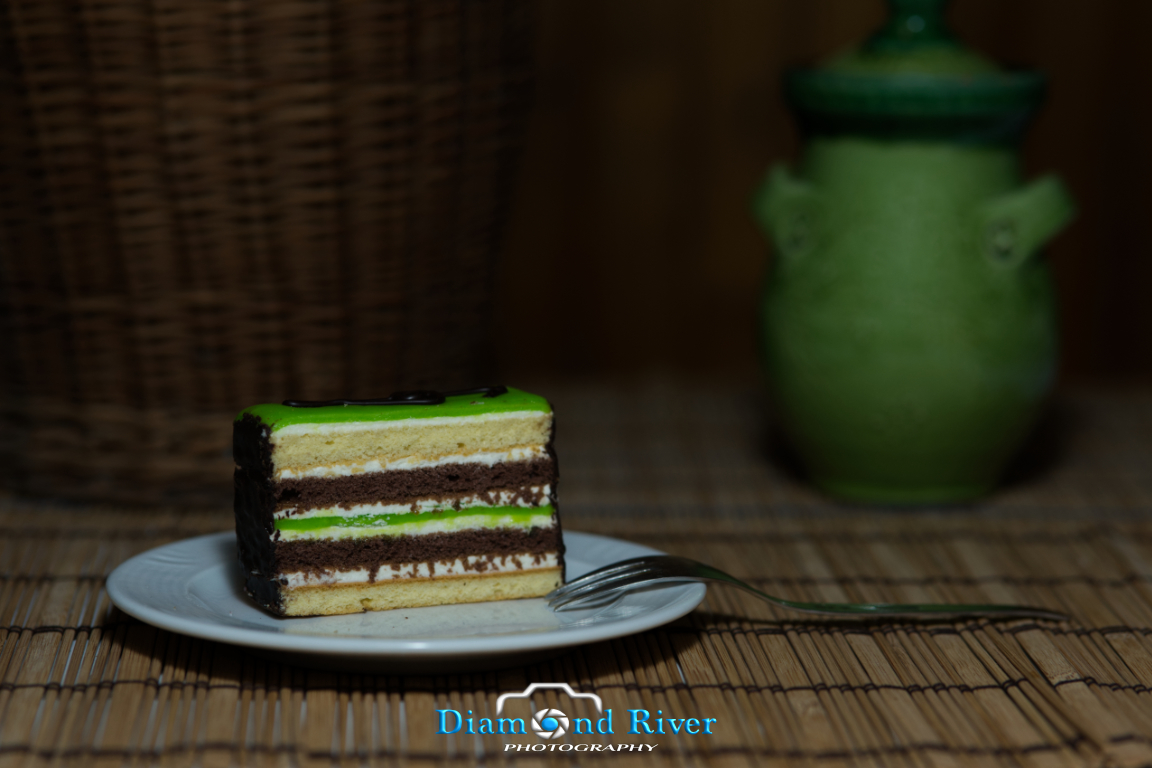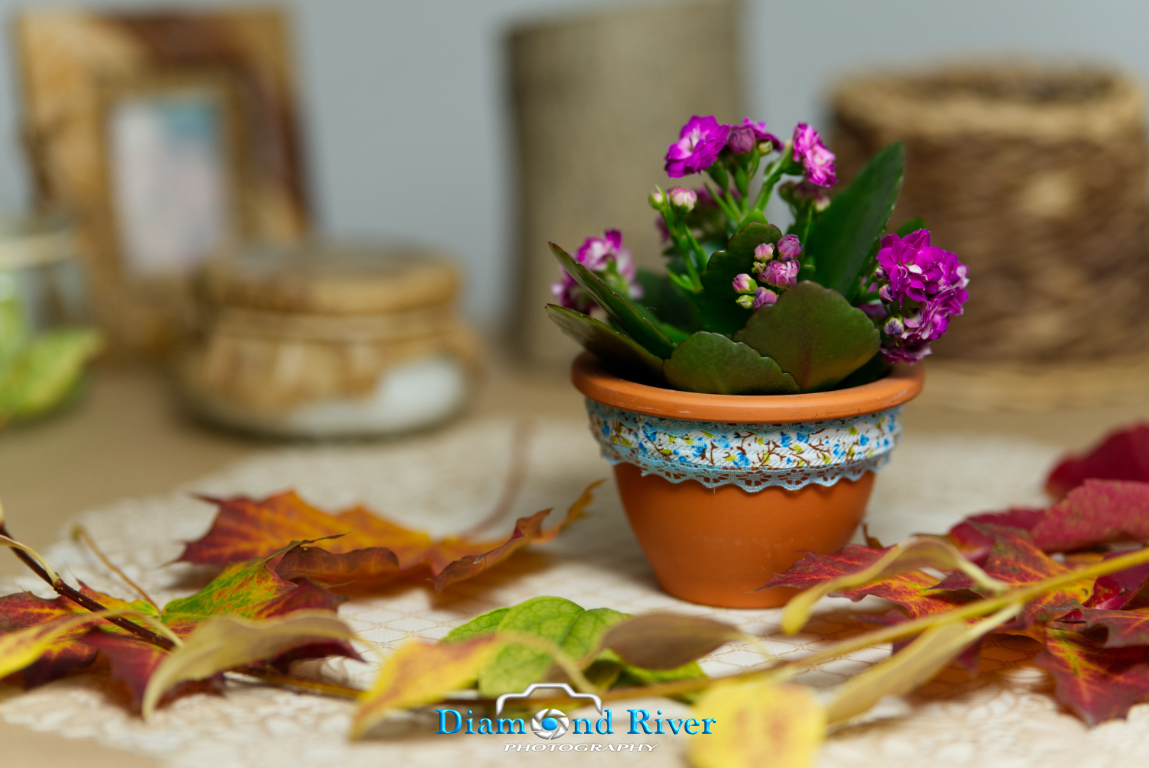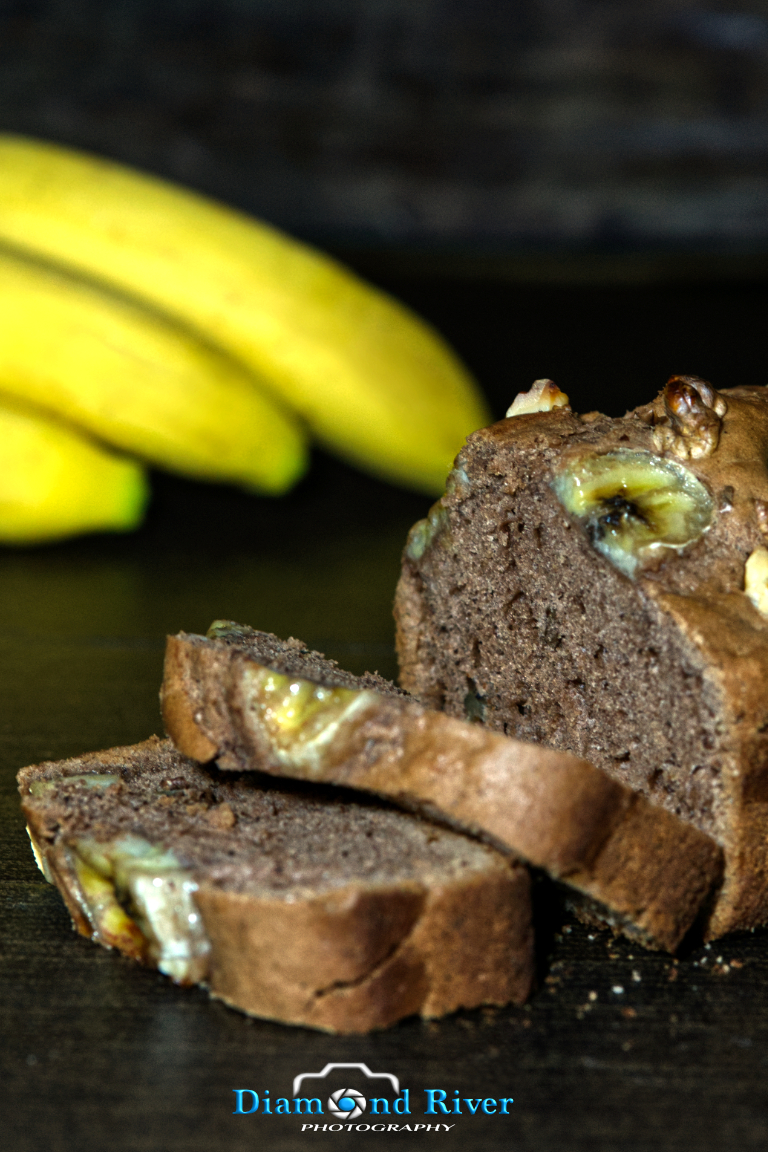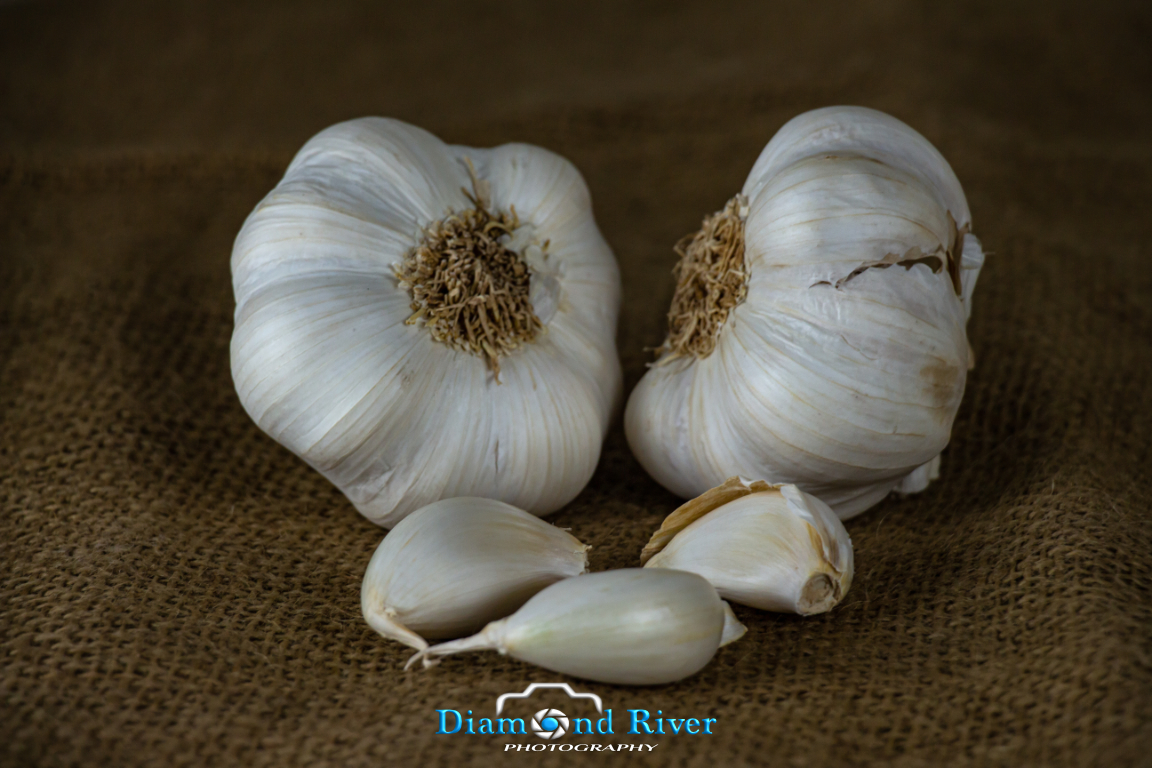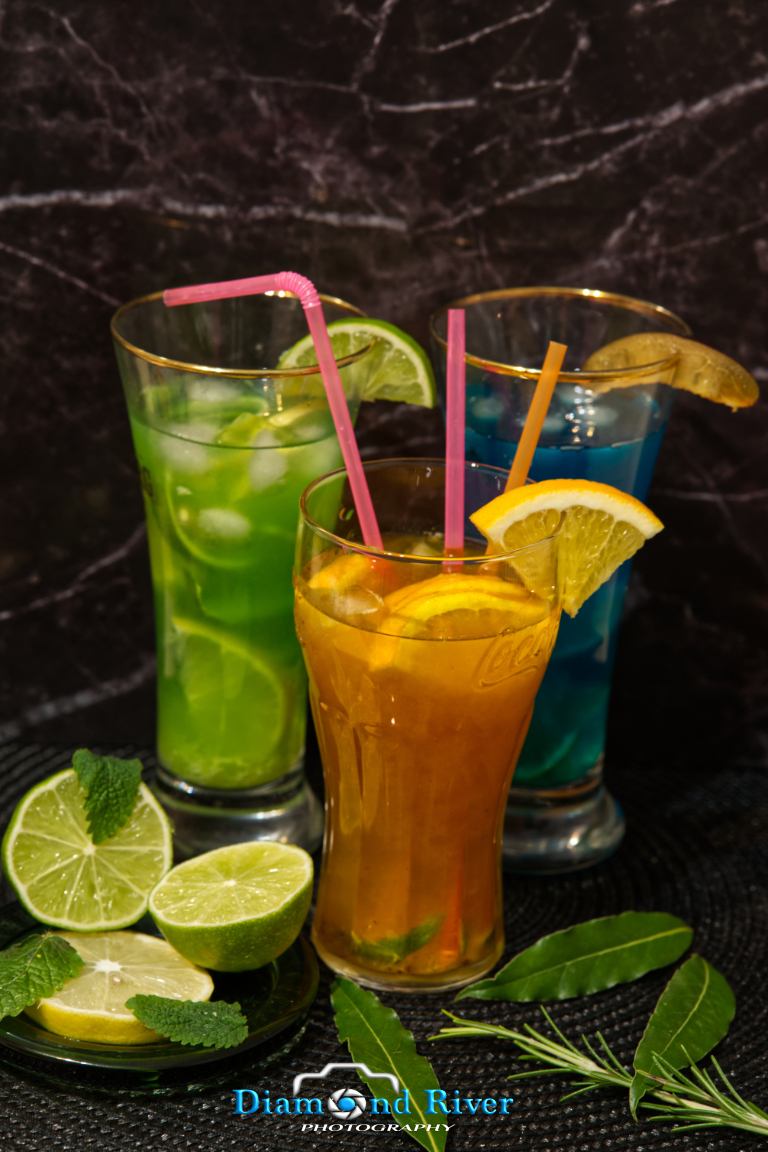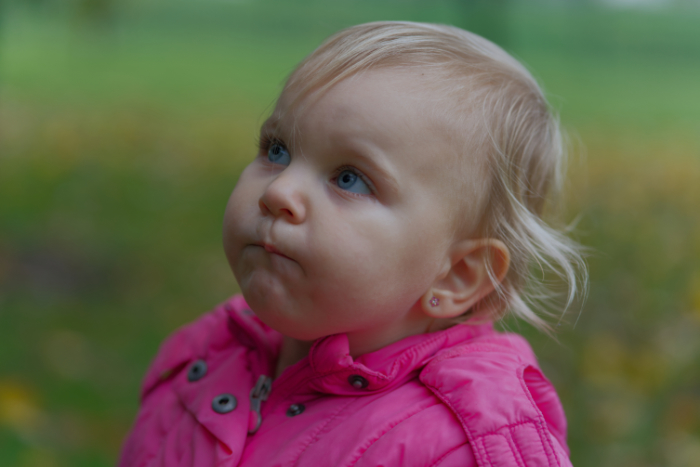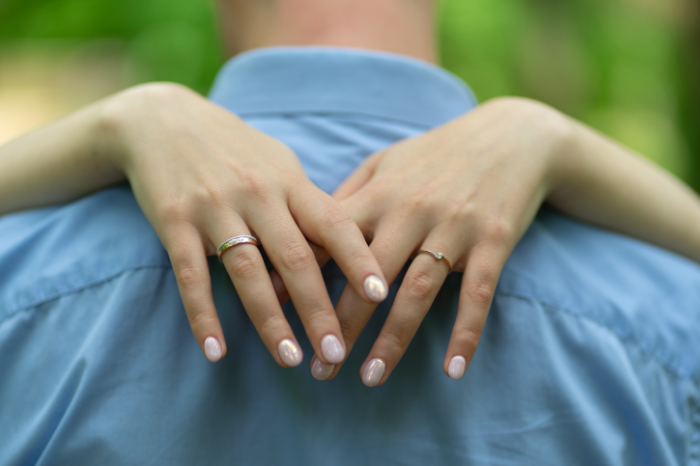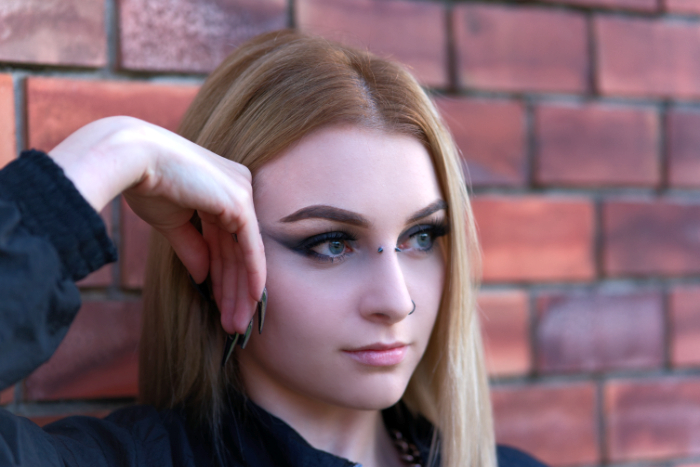Portugal Wedding photographer based in Albufeira Algarve Portugal Faro district.
photographer algarve,
photographer albufeira,
photographer,
fotografo,
fotografo albufeira,
fotografo algarve,
wedding photoshoot,
destination wedding
Portugal Wedding photographer based in Albufeira Algarve Portugal Faro district.
photographer algarve,
photographer albufeira,
photographer,
fotografo,
fotografo albufeira,
fotografo algarve,
wedding photoshoot,
destination wedding
Estamos disponibles en las siguientes ciudades - Albufeira
- Alcantarilha
- Armação de Pêra
- Guia
- Lagoa
- Pêra
- Portimão
- Porches
- Silves
Outra cidade ou país é possível mediante pedido especial
Fotos de retrato
Fotos família
Fotos de crianças
Fotos de estúdio
Fotos de produtos
Fotos de noivado
Galeria de retratos
Galeria familiar
Galeria infantil
Galeria de noivado
Galeria de estúdio
Galeria de preto e branco
Galeria de produtos
Galeria de arquitetura
Galeria de animais de estimação
Galeria de publicidade
Estás buscando un trabajo y necesita incluir imágenes exitosas en su currículum. Estás creando un sitio web y necesitas fotos profesionales de ti mismo. Quieres publicar una foto tuya de alta calidad en Instagram, Facebook, sitios de citas o solo para ti como una sorpresa familiar.
É uma ótima experiência olhar para as fotos que estamos vendo. As memórias têm grande importância na vida de todos, podem ser uma festa de Natal, uma reunião de família ou qualquer outra ocasião que complemente o álbum.
Você quer se lembrar de como vocês eram lindos juntos durante seus dias de faculdade ou apenas um momento decisivo em sua vida e quer se lembrar disso. Faça um álbum de fotos exclusivo ou produto e dê este presente de seu amor ao seu cônjuge. Sempre há um motivo para a ocasião.
Tenha uma foto exigente de seus filhos que pode até ser afixada na parede. Dê a seus avós e entes queridos um presente da maior alegria de sua vida. À medida que crescem rapidamente, os filhos se tornam cada vez mais membros ativos da família. Não perca esses momentos porque são insubstituíveis.
Esperar um bebê é um dos momentos mais felizes da vida de uma mulher. Mais e mais pessoas querem se lembrar desses belos momentos com fotos que refletem o que sentimos nesses momentos. Venha divertir-se com uma série de fotos para presentear ao seu marido ou juntem-se e façam uma memória comum.
Vamos criar uma série de fotos para nós, que serão de grande valor para você e sua família no futuro. Também pode ser um grande presente para seu parceiro e entes queridos. Um portfólio de qualidade e de sucesso dá a todas as mulheres e homens autoconfiança e uma sensação agradável.
O objetivo da fotografia de aniversário é um momento divertido ao tirar fotos com uma atmosfera única para colocar um sorriso no rosto para os próximos anos. O aniversário das crianças, ano após ano, é uma grande experiência para toda a família, que pode servir de lembrança e presente para todos.
Participe de uma sessão fotográfica romântica, apaixonante ou até alegre que capta os momentos de uma das mais belas etapas da sua juventude, o seu amor, a sua convivência. Com fotos de qualidade você pode transmitir a boa notícia para a família, amigos e parentes.
Capture o dia mais importante de sua vida, do qual você se orgulhará nos anos que virão. Um casamento é uma experiência única e inesquecível, pode ser pequeno e modesto ou enorme e lindo, será um grande dia de acordo com a sua vontade de guardar uma lembrança para sempre.
Existem eventos na vida de cada empresa que todos os colaboradores frequentam para que possam comemorar juntos, incluindo Natal. É um verdadeiro prazer regressar a estas experiências olhando imagens profissionais, seja em uma recepção, cerimônia de formatura, conferência, apresentação ou abertura festiva.
Fotos de qualidade são essenciais para criar um catálogo, um cartão de visita ou um site, seja para uma empresa ou para a apresentação de um serviço ou produto. Fotografia de alimentos para restaurantes, pastelarias e ementas para agradar ao cliente. Criatividade, decoração única, iluminação de estúdio e o produto está quase à venda.
Também estamos abertos a outros temas, estejam ou não em nossa lista. Não hesite em nos contactar com as suas necessidades, vamos tentar nos adaptar, seja o que for. Você pode falar sobre fotografia imobiliária, construção, publicidade, exposições, fotografia, turismo ou qualquer outro assunto.
Perguntas frequentes
QUANDO DEVEMOS RESERVAR UMA SESSÃO DE RETRATO?
Nossos horários variam semanalmente e em diferentes épocas do ano. Idealmente, as sessões de retratos devem ser reservadas até três meses antes da data da sessão de retratos, especialmente se você estiver procurando por uma data específica ou data de fim de semana, enquanto as sessões de recém-nascidos devem ser reservadas. o mais rápido possível.
QUANDO DEVEMOS RESERVAR O NOSSO CASAMENTO?
Nosso calendário se enche rapidamente, então você deve planejar sua reserva com 18 meses de antecedência. Se pretende reduzir o prazo de entrega, contacte-nos para verificar a disponibilidade.
VOCÊ É O FOTÓGRAFO PARA NÓS! COMO RESERVAR NOSSA DATA DE CASAMENTO?
Surpreendente! O próximo passo é entrar em contato conosco para nos informar sua data, incluindo a localização e detalhes do que você procura para que possamos verificar nossa disponibilidade. Enviaremos a você as opções de pacote e assim que selecionarmos o melhor pacote para você, enviaremos um contrato para assinar e instruções sobre como pagar o depósito. Não podemos marcar datas para uma sessão de casamento sem cumprir o mandato e o contrato. Estamos ansiosos para trabalhar com você!
Pacotes de casamento a partir de € 2.000VOCÊ TAMBÉM FAZ VÍDEO?
Não, fornecemos apenas fotografias. Preferimos fazer o melhor trabalho e oferecer a você a melhor qualidade. Nós nos concentramos apenas em capturar belas fotos em cada sessão de fotos que você mantém em sua página de recados e pendura nas paredes.
QUANTO TEMPO LEVA PARA VER MINHAS FOTOS?
Fotos de noivado e de família estarão disponíveis para visualização online aproximadamente três semanas após as filmagens. Os casamentos geralmente duram de 4 a 6 semanas.
NÃO TENHO EXPERIÊNCIA - VOCÊ PODE ME AJUDAR?
Sim, claro! Entendemos que você pode não ter a experiência de ser fotografado e estamos aqui para ajudar. Com nosso estilo de fotografia fácil e poses naturais, garantimos que suas fotos parecerão naturais e bonitas. Algumas pessoas demoram um pouco mais para se aquecer e, nesses casos, garantimos que elas se sintam confortáveis e relaxadas durante a filmagem. Nós prometemos que vamos tornar isso divertido e não será tão ruim quanto você pensa!
QUANDO É O MOMENTO DO ANO PARA UMA SESSÃO?
Tudo depende de você e de suas preferências, da idade de seus filhos e de sua tolerância ao frio / calor. As sessões de retratos podem ocorrer em qualquer época do ano, mesmo no inverno e na neve! Tudo depende de como você deseja que suas fotos sejam exibidas e da sua disponibilidade.
O QUE ACONTECE SE CHOVER?
No caso de uma sessão fotográfica ao ar livre, teremos que agendá-la novamente. Um lindo dia se traduz em visuais incríveis, então definitivamente vale a pena esperar.
ONDE NOS ENCONTRAMOS?
Isso será discutido com antecedência. Normalmente nos encontramos no local da sessão de fotos. Estamos sempre presentes com antecedência para ter ideias antes da sessão.
"
+"O QUE POSSO FAZER PARA AJUDAR O MOVIMENTO DA SESSÃO COM FACILIDADE?
Vamos trabalhar juntos para planejar seu guarda-roupa, localização e horários. A melhor coisa que você pode fazer é relaxar e aproveitar!
PODEMOS TRAZER FAMÍLIAS OU AMIGOS ADICIONAIS PARA A SESSÃO DE FOTOS?
Claro! Todos são bem vindos. Também podemos capturar uma variedade de combinações enquanto você está aqui.
QUE ROUPA VOCÊ RECOMENDE?
Tente coordenar as roupas o máximo possível, evite estampas de roupas e logotipos que distraiam seus olhos nas fotos. Cores sólidas como cáqui, saias pretas, jeans e camisas de cores sólidas semelhantes ficam ótimas juntas. Evite camisas brancas se possível; se estiver ensolarado lá fora, camisas brancas podem ficar muito 'contrastantes' à luz do sol, tornando mais difícil medir os rostos expostos corretamente. O Pinterest também é ótimo para ajudar com combinações de roupas e cores. Recomendamos pelo menos três roupas diferentes para sessões de portfólio.
QUAL A MELHOR ROUPA PARA FOTOS EM PRETO E BRANCO?
Linhas e padrões simples funcionam melhor. Nada muito ocupado. Linho, lã ou qualquer coisa com uma textura interessante podem ser fotografados lindamente em preto e branco. Às vezes é melhor evitar o branco brilhante ou o preto escuro. Os azuis ficam mais escuros e o preto / branco / vermelho fica mais claro.
QUE ARTIGOS DEVEMOS TRAZER?
Todos os pertences pessoais de sua família que vão te ajudar a contar sua história! Pode ser algo tão louco como uma motocicleta ou tão simples como um chapéu / lenço favorito. Se sua filha adora brincar de se fantasiar, não hesite em trazer seus entes queridos.
COMO RECEBEMOS AS FOTOS?
Uma galeria privada será criada no site da Diamond River que será protegida por senha, e você pode baixar suas imagens a qualquer momento. Estará disponível por 6 meses.
QUE FORMATO DIGITAL VOCÊ FORNECE?
Sempre capturamos arquivos RAW e fornecemos arquivos JPEG de alta resolução totalmente editados.
VOCÊ TEM UM ESTÚDIO OU PODEMOS FAZER NOSSA SESSÃO DE RETRATO EM CASA OU AO AR LIVRE?
Sua sessão de retratos pode ocorrer em quase qualquer lugar, seja ao ar livre, em ambientes internos, em um estúdio fotográfico ou em casa, se for um ambiente adequado para a fotografia. Dito isso, nem todos os locais possíveis são tão fotogênicos quanto os outros; vamos ajudá-lo a selecionar o local mais fotogênico para a aparência que você deseja.
Usamos os seguintes estúdios de fotografia:
- Fotospace
- Visage Studio
- Ownstudio
Antes da sessão de fotos, discutiremos se há um lugar que tenha um significado especial para você ou uma atividade que vocês gostem de fazer juntos e que gostariam de incorporar à sua sessão de fotos. Podemos falar sobre os locais que você tem em mente e sua relevância para a fotografia ou podemos recomendar locais. Queremos entender o que você gosta e não gosta e personalizar a experiência de retrato perfeita!";
English
diamond river photography
Photography is the art, application and practice of creating durable images by recording
light or other electromagnetic radiation, either electronically by means of an image
sensor, or chemically by means of a light-sensitive material such as photographic film.
It is employed in many fields of science, manufacturing (e.g., photolithography), and
business, as well as its more direct uses for art, film and video production, recreational
purposes, hobby, and mass communication.
attempt to capture the image in a camera obscura by means of a light-sensitive substance. He used paper or white leather treated with silver nitrate. Although he succeeded in capturing the shadows of objects placed on the surface in direct sunlight, and even made shadow copies of paintings on glass, it was reported in 1802 that "the images formed by means of a camera obscura have been found too faint to produce, in any moderate time, an effect upon the nitrate of silver." The shadow images eventually darkened all over.
Typically, a lens is used to focus the light reflected or emitted from objects into a real image on the light-sensitive surface inside a camera during a timed exposure. With an electronic image sensor, this produces an electrical charge at each pixel, which is electronically processed and stored in a digital image file for subsequent display or processing. The result with photographic emulsion is an invisible latent image, which is later chemically "developed" into a visible image, either negative or positive depending on the purpose of the photographic material and the method of processing. A negative image on film is traditionally used to photographically create a positive image on a paper base, known as a print, either by using an enlarger or by contact printing.
Originally, all photography was monochrome, or black-and-white. Even after color film was readily available, black-and-white photography continued to dominate for decades, due to its lower cost, chemical stability, and its "classic" photographic look. The tones and contrast between light and dark areas define black-and-white photography.[38] It is important to note that monochromatic pictures are not necessarily composed of pure blacks, whites, and intermediate shades of gray but can involve shades of one particular hue depending on the process. The cyanotype process, for example, produces an image composed of blue tones. The albumen print process first used more than 170 years ago, produces brownish tones.
Many photographers continue to produce some monochrome images, sometimes because of the established archival permanence of well-processed silver-halide-based materials. Some full-color digital images are processed using a variety of techniques to create black-and-white results, and some manufacturers produce digital cameras that exclusively shoot monochrome. Monochrome printing or electronic display can be used to salvage certain photographs taken in color which are unsatisfactory in their original form; sometimes when presented as black-and-white or single-color-toned images they are found to be more effective. Although color photography has long predominated, monochrome images are still produced, mostly for artistic reasons. Almost all digital cameras have an option to shoot in monochrome, and almost all image editing software can combine or selectively discard RGB color channels to produce a monochrome image from one shot in color.
Color photography was explored beginning in the 1840s. Early experiments in color required extremely long exposures (hours or days for camera images) and could not "fix" the photograph to prevent the color from quickly fading when exposed to white light.
The first permanent color photograph was taken in 1861 using the three-color-separation principle first published by Scottish physicist James Clerk Maxwell in 1855.[39][40] The foundation of virtually all practical color processes, Maxwell's idea was to take three separate black-and-white photographs through red, green and blue filters.[39][40] This provides the photographer with the three basic channels required to recreate a color image. Transparent prints of the images could be projected through similar color filters and superimposed on the projection screen, an additive method of color reproduction. A color print on paper could be produced by superimposing carbon prints of the three images made in their complementary colors, a subtractive method of color reproduction
Implementation of color photography was hindered by the limited sensitivity of early photographic materials, which were mostly sensitive to blue, only slightly sensitive to green, and virtually insensitive to red. The discovery of dye sensitization by photochemist Hermann Vogel in 1873 suddenly made it possible to add sensitivity to green, yellow and even red. Improved color sensitizers and ongoing improvements in the overall sensitivity of emulsions steadily reduced the once-prohibitive long exposure times required for color, bringing it ever closer to commercial viability.
Autochrome, the first commercially successful color process, was introduced by the Lumière brothers in 1907. Autochrome plates incorporated a mosaic color filter layer made of dyed grains of potato starch, which allowed the three color components to be recorded as adjacent microscopic image fragments. After an Autochrome plate was reversal processed to produce a positive transparency, the starch grains served to illuminate each fragment with the correct color and the tiny colored points blended together in the eye, synthesizing the color of the subject by the additive method. Autochrome plates were one of several varieties of additive color screen plates and films marketed between the 1890s and the 1950s.
Kodachrome, the first modern "integral tripack" (or "monopack") color film, was introduced by Kodak in 1935. It captured the three color components in a multi-layer emulsion. One layer was sensitized to record the red-dominated part of the spectrum, another layer recorded only the green part and a third recorded only the blue. Without special film processing, the result would simply be three superimposed black-and-white images, but complementary cyan, magenta, and yellow dye images were created in those layers by adding color couplers during a complex processing procedure.
In 1981, Sony unveiled the first consumer camera to use a charge-coupled device for imaging, eliminating the need for film: the Sony Mavica. While the Mavica saved images to disk, the images were displayed on television, and the camera was not fully digital.
The first digital camera to both record and save images in a digital format was the Fujix DS-1P created by Fujfilm in 1988.[41] https://www.fujifilm.com/innovation/achievements/ds-1p/
In 1991, Kodak unveiled the DCS 100, the first commercially available digital single lens reflex camera. Although its high cost precluded uses other than photojournalism and professional photography, commercial digital photography was born.
Digital imaging uses an electronic image sensor to record the image as a set of electronic data rather than as chemical changes on film.[42] An important difference between digital and chemical photography is that chemical photography resists photo manipulation because it involves film and photographer albufeira algarve, while digital imaging is a highly manipulative medium. This difference allows for a degree of image post-processing that is comparatively difficult in film-based photography and permits different communicative potentials and applications.
Synthesis photography is part of computer-generated imagery (CGI) where the shooting process is modeled on real photography. The CGI, creating digital copies of real universe, requires a visual representation process of these universes. Synthesis photography is the application of analog and digital photography in digital space. With the characteristics of the real photography but not being constrained by the physical limits of real world, synthesis photography allows artists to move into areas beyond the grasp of real photography.
The camera is the image-forming device, and a photographic plate, photographic film or a silicon electronic image sensor is the capture medium. The respective recording medium can be the plate or film itself, or a digital magnetic or electronic memory.[44]
Photographers control the camera and lens to "expose" the light recording material to the required amount of light to form a "latent image" (on plate or film) or RAW file (in digital cameras) which, after appropriate processing, is converted to a usable image. Digital cameras use an electronic image sensor based on light-sensitive electronics such as charge-coupled device (CCD) or complementary metal-oxide-semiconductor (CMOS) technology. The resulting digital image is stored electronically, but can be reproduced on a paper.
The camera (or 'camera obscura') is a dark room or chamber from which, as far as possible, all light is excluded except the light that forms the image. It was discovered and used in the 16th century by painters. The subject being photographed, however, must be illuminated. Cameras can range from small to very large, a whole room that is kept dark while the object to be photographed is in another room where it is properly illuminated. This was common for reproduction photography of flat copy when large film negatives were used (see Process camera).
As soon as photographic materials became "fast" (sensitive) enough for taking candid or surreptitious pictures, small "detective" cameras were made, some actually disguised as a book or handbag or pocket watch (the Ticka camera) or even worn hidden behind an Ascot necktie with a tie pin that was really the lens.
The movie camera is a type of photographic camera which takes a rapid sequence of photographs on recording medium. In contrast to a still camera, which captures a single snapshot at a time, the movie camera takes a series of images, each called a "frame". This is accomplished through an intermittent mechanism. The frames are later played back in a movie projector at a specific speed, called the "frame rate" (number of frames per second). While viewing, a person's eyes and brain merge the separate pictures to create the illusion of motion.
An amateur photographer is one who practices photography as a hobby/passion and not necessarily for profit. The quality of some amateur work is comparable to that of many professionals and may be highly specialized or eclectic in choice of subjects. Amateur photography is often pre-eminent in photographic subjects which have little prospect of commercial use or reward. Amateur photography grew during the late 19th century due to the popularization of the hand-held camera.[50] Nowadays it has spread widely through social media and is carried out throughout different platforms and equipment, switching to the use of cell phone. Good pictures can now be taken with a cell phone which is a key tool for making photography more accessible to everyone.
Commercial photography is probably best defined as any photography for which the photographer is paid for images rather than works of art. In this light, money could be paid for the subject of the photograph or the photograph itself. Wholesale, retail, and professional uses of photography would fall under this definition. The commercial photographic world could include
Advertising photography: photographs made to illustrate and usually sell a service or product. These images, such as packshots, are generally done with an advertising agency, design firm or with an in-house corporate design team.
Fashion and glamour photography usually incorporates models and is a form of advertising photography. Fashion photography, like the work featured in Harper's Bazaar, emphasizes clothes and other products; glamour emphasizes the model and body form. Glamour photography is popular in advertising and men's magazines. Models in glamour photography sometimes work nude.
360 product photography displays a series of photos to give the impression of a rotating object. This technique is commonly used by ecommerce websites to help shoppers visualise products.
Concert photography focuses on capturing candid images of both the photographer albufeira as well as the atmosphere (including the crowd). Many of these photographers work freelance and are contracted through an wedding photographer algarve management to cover a specific show. Concert photographs are often used to promote the Albufeira fotografo band in addition to the venue.
Crime scene photography consists of photographing scenes of crime such as robberies and murders. A black and white camera or an infrared camera may be used to capture specific details.
Still life photography usually depicts inanimate subject matter, typically commonplace objects which may be either natural or man-made. Still life is a broader category for food and some natural photography and can be used for advertising purposes.
Real Estate photography focuses on the production of photographs showcasing a property that is for sale, such photographs requires the use of wide-lens and extensive knowledge in High-dynamic-range imaging photography.
Example of a studio-made wedding photographer.
Food photography can be used for editorial, packaging or advertising use. Food photography is similar to still life photography but requires some special skills.
Photojournalism can be considered a subset of editorial photography. Photographs made in this context are accepted as a documentation of a news story.
Paparazzi is a form of photojournalism in which the photographer captures candid images of athletes, celebrities, politicians, and other prominent people.
Portrait and wedding photography: photographs made and sold directly to the end user of the images.
Landscape photography depicts locations.
Wildlife photography demonstrates the life of animals
During the 20th century, both fine art photography and documentary photography became accepted by the English-speaking art world and the gallery system. In the United States, a handful of photographers, including Alfred Stieglitz, Edward Steichen, John Szarkowski, F. Holland Day, and Edward Weston, spent their lives advocating for photography as a fine art. At first, fine art photographers tried to imitate painting styles. This movement is called Pictorialism, often using soft focus for a dreamy, 'romantic' look. In reaction to that, Weston, Ansel Adams, and others formed the Group f/64 to advocate 'straight photography', the photograph as a (sharply focused) thing in itself and not an imitation of something else.
The aesthetics of photography is a matter that continues to be discussed regularly, especially in artistic circles. Many artists argued that photography was the mechanical reproduction of an image. If photography is authentically art, then photography in the context of art would need redefinition, such as determining what component of a photograph makes it beautiful to the viewer. The controversy began with the earliest images "written with light"; Nicéphore Niépce, Louis Daguerre, and others among the very earliest photographers were met with acclaim, but some questioned if their work met the definitions and purposes of art.
Clive Bell in his classic essay Art states that only "significant form" can distinguish art from what is not art.
Photojournalism is a particular form of photography (the collecting, editing, and presenting of news material for publication or broadcast) that employs images in order to tell a news story. It is now usually understood to refer only to still images, but in some cases the term also refers to video used in broadcast journalism. Photojournalism is distinguished from other close branches of photography (e.g., documentary photography, social documentary photography, street photography or celebrity photography) by complying with a rigid ethical framework which demands that the work be both honest and impartial whilst telling the story in strictly journalistic terms. Photojournalists create pictures that contribute to the news media, and help communities connect with one other. Photojournalists must be well informed and knowledgeable about events happening right outside their door. They deliver news in a creative format that is not only informative, but also entertaining
Digital imaging has raised ethical concerns because of the ease of manipulating digital photographs in post-processing. Many photojournalists have declared they will not crop their pictures or are forbidden from combining elements of multiple photos to make "photomontages", passing them as "real" photographs. Today's technology has made image editing relatively simple for even the novice photographer. However, recent changes of in-camera processing allow digital fingerprinting of photos to detect tampering for purposes of forensic photography.
Photography is one of the new media forms that changes perception and changes the structure of society.[64] Further unease has been caused around cameras in regards to desensitization. Fears that disturbing or explicit images are widely accessible to children and society at large have been raised. Particularly, photos of war and pornography are causing a stir. Sontag is concerned that "to photograph is to turn people into objects that can be symbolically possessed." Desensitization discussion goes hand in hand with debates about censored images. Sontag writes of her concern that the ability to censor pictures means the photographer has the ability to construct reality.[63]
One of the practices through which photography constitutes society is tourism. Tourism and photography combine to create a "tourist gaze"[65] in which local inhabitants are positioned and defined by the camera lens. However, it has also been argued that there exists a "reverse gaze"[66] through which indigenous photographees can position the tourist photographer as a shallow consumer of images.
Other photography related stuff:
how to start a photography business
what is iso in photography
what is boudoir photography
how to learn photography
what is portrait photography
how to get into photography
what is HDR photography
what is macro photography
what is composition in photography
how to sell photography
what is digital photography
@diamondriverphoto instagram 500px facebook
Portrait photography is one of the most popular genres of photography, with good reason. Good portrait photographers are able to capture the personality and emotion of people around them, along with earning money via wedding photography, senior portraits, family photography sessions, and so on. Below, you’ll find everything we’ve written about portrait photography, intended for both beginners and professionals. Also, if you want some ideas beyond our basic portrait photography tips, take a look at our more specialized tutorials on weddings and flash photography. Those articles will help you with posing, camera settings, and lighting portraits. It isn’t always easy to take pictures of people, but it’s worth the effort to learn.
Landscape photography shows spaces within the world, sometimes vast and unending, but other times microscopic. Landscape photographs typically capture the presence of nature but can also focus on man-made features or disturbances of landscapes. Landscape photography is done for a variety of reasons. Perhaps the most common is to recall a personal observation or experience while in the outdoors, especially when traveling. Others pursue it particularly as an outdoor lifestyle, to be involved with nature and the elements, some as an escape from the artificial world.[1][2][3][4]
Many landscape photographs show little or no human activity and are created in the pursuit of a pure, unsullied depiction of nature, devoid of human influence—instead featuring subjects such as strongly defined landforms, weather, and ambient light.[3][5] As with most forms of art, the definition of a landscape photograph is broad and may include rural or urban settings, industrial areas or nature photography
Landscape photography commonly involves daylight photography of natural features of land, sky and waters, at a distance—though some landscapes may involve subjects in a scenic setting nearby, even close-up, and sometimes at night.[11]
Photography of artificial scenery, such as farm fields, orchards, gardens and architecture, may be considered "landscape" photography as well. Even the presence of man-made structures (buildings, roads and bridges, etc.) or art (such as sculpture) may be considered "landscape" if presented in artistic settings or appearing (or photographed) in artistic style.[6][11]
Further, landscape photography is typically of relatively stationary subjects—arguably a form of "still life." This tends to simplify the task, as opposed to photography of kinetic or live subjects. However, landscape photography often overlaps the activity of wildlife photography and the two terms are used somewhat interchangeably; both wildlife and landscapes may be elements of the same picture or body of work
The content of a photo can be a beautiful landscape, a funny scene, something cute, static objects, a portrait so on and so forth. The best way to get good contents is of course to travel to interesting places, where the hit rate is high. But often they are also found on the streets, in the market, basically everywhere. Here are some examples of different types of contents:
We can take a perfectly composed photo. But if there is a lack of contents, then the story may not look attractive. On the other hand, we can make mistakes in the composition and still get away with a decent photo if the content is good. For example, In the following photo, the composition is not perfect. On the right of the truck, there was a man crossing the street. But in this case, that does not affect much the photo, because the truck together with the man on top was a dominant figure in the photo. This photo is still a keeper. So it is always good content first, then followed by good composition, good lighting and so on.
Interesting subjects and elements within photographs, or simply “contents” are meats and bones of a photo. They are the reasons why we bother to raise our cameras and take photos. There should be something that interests us to begin with.
Below, we have a fisherman in Yangshuo. The subject was nice and interesting, there were some mountains at the back to give indication of the whereabouts. The other elements such as the oil lamp, the cormorants and the fishing net, all worked together to form a good and rich photo. In this case there is a good story and it is presented clearly, hence it is a good photo.
Now, do not mistake a simple STORY with a simple SCENE. A simple story is not necessarily one with few elements. For example, here is a photo of a street in Dhaka. It was raining, the traffic was in absolute chaos, the power cables were all over the place much like spider cobweb. But, the STORY is simple. The elements in the photo contribute positively to make a strong image. There is no elements in the scene that takes away from the story or causes confusion. This is a simple story, one which is easily understandable.
diamond river photography diamond river photography diamond river photography
Nature photography is a wide range of photography taken outdoors and devoted to displaying natural elements such as landscapes, wildlife, plants, and close-ups of natural scenes and textures. Nature photography tends to put a stronger emphasis on the aesthetic value of the photo than other photography genres, such as photojournalism and documentary photography. [1]
"Nature photography" overlaps the fields of -- and is sometimes considered an overarching category including -- "wildlife photography," "landscape photography," and "garden photography".[1]
Nature photographs are published in scientific, travel and cultural magazines such as National Geographic Magazine, National Wildlife Magazine and Audubon Magazine or other more specific magazines such as Outdoor Photographer and Nature's Best Photography. Well known nature photographers
Wildlife photography is all about capturing animals in their natural habitats. The animals are often photographed in action, such as eating, fighting, or in flight. Alternatively, more static portraits may be used to show detail of the animal or to depict it in its environment. Captive or controlled animals are often photographed instead of true wild specimens, although it is arguable as to whether this constitutes true wildlife photography.
The world's largest photography organizations, the Photographic Society of America, the Fédération Internationale de l'Art Photographique and the Royal Photographic Society have agreed on a definition for nature and wildlife photography that will be applied to photography competitions.[2] The techniques of wildlife photography differ greatly from those used in landscape photography. For example, in wildlife photography wide apertures are used to achieve a fast shutter speed, freeze the subject's motion, and blur the backgrounds, while landscape photographers prefer small apertures. Wildlife is also usually shot with long telephoto lenses from a distance; the use of such telephoto lenses frequently necessitates the use of a tripod (since the longer the lens, the harder it is to handhold). Many wildlife photographers use blinds[3] or camouflage.
The macro photography article explains close-up photography in general; however, this is also a type of nature photography. While common macro subjects – bees, dragonflies, and so on – could be described as wildlife, their world also makes for good photography.
Many photographers record images of the texture in a stone, tree bark, leaf, or any of other small scenes. Many of these images are abstract. Tiny plants and mushrooms are also popular subjects. Close-up nature photography doesn't always need a true macro lens; however, the scenes here are small enough that they're generally considered different from regular landscapes.
Color images are not a requirement of nature photography. Ansel Adams is famous for his black-and-white depictions of nature, while Galen Rowell praised Fujifilm Velvia film for its bright, saturated colors, asking "Who wants to take dull pictures that will last a hundred years?"[4] Both men distinguish between photography as an expressive art form and sensitometry; an accurate reproduction is not necessary.
A number of ethical concerns and debates surround the creation of nature photography. Common issues involve the potential of stress or harm to wildlife[5], the potential of photographers overrunning and destroying natural areas, the use of game farms, and veracity and manipulation in photography. Also the information posted by photographers on social media of the location of endangered species leads to poachers using this information to hunt these animals
Wildlife photography is a genre of photography concerned with documenting various forms of wildlife in their natural habitat.
As well as requiring photography skills, wildlife photographers may need field craft skills. For example, some animals are difficult to approach and thus a knowledge of the animal's behavior is needed in order to be able to predict its actions. Photographing some species may require stalking skills or the use of a hide/blind for concealment.
While wildlife photographs can be taken using basic equipment, successful photography of some types of wildlife requires specialist equipment, such as macro lenses for insects, long focal length lenses for birds and underwater cameras for marine life. However, a wildlife photograph can also be the result of being in the right place at the right time[1] and often involves a good understanding of animal behavior in order to anticipate interesting situations to capture in photography.
The world's three largest photography organisations, the Photographic Society of America, the Fédération Internationale de l'Art Photographique and the Royal Photographic Society have adopted a common definition for nature and wildlife photography to govern photography competitions, their respective presidents writing in a joint statement, "The development of a common definition for nature and wildlife photography will be an important step in helping photographers, many of whom enter competitions internationally, know what the rules are. It will also provide organisers with a very clear definition when they need to deal with the problem of ineligible images
Equipment for wildlife photography can be very specialized and often uses different lenses and equipment than most other disciplines. Most wildlife lenses have a very long focal length between 150mm and 600mm, allowing the photographer to get a tighter image filling the frame with their chosen subject. However, whilst the majority of wildlife is shot with a telephoto lens, when a wide-angle lens is used, it can provide striking shots of animals within their environmen
Still life photography is a genre of photography used for the depiction of inanimate subject matter, typically a small group of objects. It is the application of photography to the still life artistic style. An example is food photography.
This genre gives the photographer more leeway in the arrangement of design elements within a composition compared to other photographic genres, such as landscape or portrait photography. Lighting and framing are important aspects of still life photography composition.
Popular still life images include groups of flowers, food, and desk space, but still life photography is not limited to those 3 categories. Typically, still life’s are not close up to the subject nor far away, but at a very medium angle. The art in still life photography is often in the choice of objects that are being arranged and the lighting rather than the skill of the photographer.
diamondriver photography. Portrait, family and lifestyle photographer based in Albufeira Algarve Portugal Faro district.
Wedding photographer based in Albufeira Algarve Portugal Faro district.
Around the year 1800, British inventor Thomas Wedgwood made the first known attempt to capture the image in a camera obscura by means of a light-sensitive substance. He used paper or white leather treated with silver nitrate. Although he succeeded in capturing the shadows of objects placed on the surface in direct sunlight, and even made shadow copies of paintings on glass, it was reported in 1802 that "the images formed by means of a camera obscura have been found too faint to produce, in any moderate time, an effect upon the nitrate of silver." The shadow images eventually darkened all over.
Typically, a lens is used to focus the light reflected or emitted from objects into a real image on the light-sensitive surface inside a camera during a timed exposure. With an electronic image sensor, this produces an electrical charge at each pixel, which is electronically processed and stored in a digital image file for subsequent display or processing. The result with photographic emulsion is an invisible latent image, which is later chemically "developed" into a visible image, either negative or positive depending on the purpose of the photographic material and the method of processing. A negative image on film is traditionally used to photographically create a positive image on a paper base, known as a print, either by using an enlarger or by contact printing.
Originally, all photography was monochrome, or black-and-white. Even after color film was readily available, black-and-white photography continued to dominate for decades, due to its lower cost, chemical stability, and its "classic" photographic look. The tones and contrast between light and dark areas define black-and-white photography.[38] It is important to note that monochromatic pictures are not necessarily composed of pure blacks, whites, and intermediate shades of gray but can involve shades of one particular hue depending on the process. The cyanotype process, for example, produces an image composed of blue tones. The albumen print process first used more than 170 years ago, produces brownish tones.
Many photographers continue to produce some monochrome images, sometimes because of the established archival permanence of well-processed silver-halide-based materials. Some full-color digital images are processed using a variety of techniques to create black-and-white results, and some manufacturers produce digital cameras that exclusively shoot monochrome. Monochrome printing or electronic display can be used to salvage certain photographs taken in color which are unsatisfactory in their original form; sometimes when presented as black-and-white or single-color-toned images they are found to be more effective. Although color photography has long predominated, monochrome images are still produced, mostly for artistic reasons. Almost all digital cameras have an option to shoot in monochrome, and almost all image editing software can combine or selectively discard RGB color channels to produce a monochrome image from one shot in color.
Color photography was explored beginning in the 1840s. Early experiments in color required extremely long exposures (hours or days for camera images) and could not "fix" the photograph to prevent the color from quickly fading when exposed to white light.
The first permanent color photograph was taken in 1861 using the three-color-separation principle first published by Scottish physicist James Clerk Maxwell in 1855.[39][40] The foundation of virtually all practical color processes, Maxwell's idea was to take three separate black-and-white photographs through red, green and blue filters.[39][40] This provides the photographer with the three basic channels required to recreate a color image. Transparent prints of the images could be projected through similar color filters and superimposed on the projection screen, an additive method of color reproduction. A color print on paper could be produced by superimposing carbon prints of the three images made in their complementary colors, a subtractive method of color reproduction
Implementation of color photography was hindered by the limited sensitivity of early photographic materials, which were mostly sensitive to blue, only slightly sensitive to green, and virtually insensitive to red. The discovery of dye sensitization by photochemist Hermann Vogel in 1873 suddenly made it possible to add sensitivity to green, yellow and even red. Improved color sensitizers and ongoing improvements in the overall sensitivity of emulsions steadily reduced the once-prohibitive long exposure times required for color, bringing it ever closer to commercial viability.
Autochrome, the first commercially successful color process, was introduced by the Lumière brothers in 1907. Autochrome plates incorporated a mosaic color filter layer made of dyed grains of potato starch, which allowed the three color components to be recorded as adjacent microscopic image fragments. After an Autochrome plate was reversal processed to produce a positive transparency, the starch grains served to illuminate each fragment with the correct color and the tiny colored points blended together in the eye, synthesizing the color of the subject by the additive method. Autochrome plates were one of several varieties of additive color screen plates and films marketed between the 1890s and the 1950s.
Kodachrome, the first modern "integral tripack" (or "monopack") color film, was introduced by Kodak in 1935. It captured the three color components in a multi-layer emulsion. One layer was sensitized to record the red-dominated part of the spectrum, another layer recorded only the green part and a third recorded only the blue. Without special film processing, the result would simply be three superimposed black-and-white images, but complementary cyan, magenta, and yellow dye images were created in those layers by adding color couplers during a complex processing procedure.
In 1981, Sony unveiled the first consumer camera to use a charge-coupled device for imaging, eliminating the need for film: the Sony Mavica. While the Mavica saved images to disk, the images were displayed on television, and the camera was not fully digital.
The first digital camera to both record and save images in a digital format was the Fujix DS-1P created by Fujfilm in 1988.[41] https://www.fujifilm.com/innovation/achievements/ds-1p/
In 1991, Kodak unveiled the DCS 100, the first commercially available digital single lens reflex camera. Although its high cost precluded uses other than photojournalism and professional photography, commercial digital photography was born.
Digital imaging uses an electronic image sensor to record the image as a set of electronic data rather than as chemical changes on film.[42] An important difference between digital and chemical photography is that chemical photography resists photo manipulation because it involves film and photographic paper, while digital imaging is a highly manipulative medium. This difference allows for a degree of image post-processing that is comparatively difficult in film-based photography and permits different communicative potentials and applications.
Synthesis photography is part of computer-generated imagery (CGI) where the shooting process is modeled on real photography. The CGI, creating digital copies of real universe, requires a visual representation process of these universes. Synthesis photography is the application of analog and digital photography in digital space. With the characteristics of the real photography but not being constrained by the physical limits of real world, synthesis photography allows artists to move into areas beyond the grasp of real photography.
The camera is the image-forming device, and a photographic plate, photographic film or a silicon electronic image sensor is the capture medium. The respective recording medium can be the plate or film itself, or a digital magnetic or electronic memory.[44]
Photographers control the camera and lens to "expose" the light recording material to the required amount of light to form a "latent image" (on plate or film) or RAW file (in digital cameras) which, after appropriate processing, is converted to a usable image. Digital cameras use an electronic image sensor based on light-sensitive electronics such as charge-coupled device (CCD) or complementary metal-oxide-semiconductor (CMOS) technology. The resulting digital image is stored electronically, but can be reproduced on a paper.
The camera (or 'camera obscura') is a dark room or chamber from which, as far as possible, all light is excluded except the light that forms the image. It was discovered and used in the 16th century by painters. The subject being photographed, however, must be illuminated. Cameras can range from small to very large, a whole room that is kept dark while the object to be photographed is in another room where it is properly illuminated. This was common for reproduction photography of flat copy when large film negatives were used (see Process camera).
As soon as photographic materials became "fast" (sensitive) enough for taking candid or surreptitious pictures, small "detective" cameras were made, some actually disguised as a book or handbag or pocket watch (the Ticka camera) or even worn hidden behind an Ascot necktie with a tie pin that was really the lens.
The movie camera is a type of photographic camera which takes a rapid sequence of photographs on recording medium. In contrast to a still camera, which captures a single snapshot at a time, the movie camera takes a series of images, each called a "frame". This is accomplished through an intermittent mechanism. The frames are later played back in a movie projector at a specific speed, called the "frame rate" (number of frames per second). While viewing, a person's eyes and brain merge the separate pictures to create the illusion of motion.
An amateur photographer is one who practices photography as a hobby/passion and not necessarily for profit. The quality of some amateur work is comparable to that of many professionals and may be highly specialized or eclectic in choice of subjects. Amateur photography is often pre-eminent in photographic subjects which have little prospect of commercial use or reward. Amateur photography grew during the late 19th century due to the popularization of the hand-held camera.[50] Nowadays it has spread widely through social media and is carried out throughout different platforms and equipment, switching to the use of cell phone. Good pictures can now be taken with a cell phone which is a key tool for making photography more accessible to everyone.
Commercial photography is probably best defined as any photography for which the photographer is paid for images rather than works of art. In this light, money could be paid for the subject of the photograph or the photograph itself. Wholesale, retail, and professional uses of photography would fall under this definition. The commercial photographic world could include
Advertising photography: photographs made to illustrate and usually sell a service or product. These images, such as packshots, are generally done with an advertising agency, design firm or with an in-house corporate design team.
Fashion and glamour photography usually incorporates models and is a form of advertising photography. Fashion photography, like the work featured in Harper's Bazaar, emphasizes clothes and other products; glamour emphasizes the model and body form. Glamour photography is popular in advertising and men's magazines. Models in glamour photography sometimes work nude.
360 product photography displays a series of photos to give the impression of a rotating object. This technique is commonly used by ecommerce websites to help shoppers visualise products.
Concert photography focuses on capturing candid images of both the wedding photographer band as well as the atmosphere (including the crowd). Many of these photographers work freelance and are contracted through an wedding photographer their management to cover a specific show. Concert photographs are often used to promote the wedding photographer in addition to the venue.
Crime scene photography consists of photographing scenes of crime such as robberies and murders. A black and white camera or an infrared camera may be used to capture specific details.
Still life photography usually depicts inanimate subject matter, typically commonplace objects which may be either natural or man-made. Still life is a broader category for food and some natural photography and can be used for advertising purposes.
Real Estate photography focuses on the production of photographs showcasing a property that is for sale, such photographs requires the use of wide-lens and extensive knowledge in High-dynamic-range imaging photography.
Example of a studio-made food photograph.
Food photography can be used for editorial, packaging or advertising use. Food photography is similar to still life photography but requires some special skills.
Photojournalism can be considered a subset of editorial photography. Photographs made in this context are accepted as a documentation of a news story.
Paparazzi is a form of photojournalism in which the photographer captures candid images of athletes, celebrities, politicians, and other prominent people.
Portrait and wedding photography: photographs made and sold directly to the end user of the images.
Landscape photography depicts locations.
Wildlife photography demonstrates the life of animals
During the 20th century, both fine art photography and documentary photography became accepted by the English-speaking art world and the gallery system. In the United States, a handful of photographers, including Alfred Stieglitz, Edward Steichen, John Szarkowski, F. Holland Day, and Edward Weston, spent their lives advocating for photography as a fine art. At first, fine art photographers tried to imitate painting styles. This movement is called Pictorialism, often using soft focus for a dreamy, 'romantic' look. In reaction to that, Weston, Ansel Adams, and others formed the Group f/64 to advocate 'straight photography', the photograph as a (sharply focused) thing in itself and not an imitation of something else.
The aesthetics of photography is a matter that continues to be discussed regularly, especially in artistic circles. Many artists argued that photography was the mechanical reproduction of an image. If photography is authentically art, then photography in the context of art would need redefinition, such as determining what component of a photograph makes it beautiful to the viewer. The controversy began with the earliest images "written with light"; Nicéphore Niépce, Louis Daguerre, and others among the very earliest photographers were met with acclaim, but some questioned if their work met the definitions and purposes of art.
Clive Bell in his classic essay Art states that only "significant form" can distinguish art from what is not art.
Photojournalism is a particular form of photography (the collecting, editing, and presenting of news material for publication or broadcast) that employs images in order to tell a news story. It is now usually understood to refer only to still images, but in some cases the term also refers to video used in broadcast journalism. Photojournalism is distinguished from other close branches of photography (e.g., documentary photography, social documentary photography, street photography or celebrity photography) by complying with a rigid ethical framework which demands that the work be both honest and impartial whilst telling the story in strictly journalistic terms. Photojournalists create pictures that contribute to the news media, and help communities connect with one other. Photojournalists must be well informed and knowledgeable about events happening right outside their door. They deliver news in a creative format that is not only informative, but also entertaining
Digital imaging has raised ethical concerns because of the ease of manipulating digital photographs in post-processing. Many photojournalists have declared they will not crop their pictures or are forbidden from combining elements of multiple photos to make "photomontages", passing them as "real" photographs. Today's technology has made image editing relatively simple for even the novice photographer. However, recent changes of in-camera processing allow digital fingerprinting of photos to detect tampering for purposes of forensic photography.
Photography is one of the new media forms that changes perception and changes the structure of society.[64] Further unease has been caused around cameras in regards to desensitization. Fears that disturbing or explicit images are widely accessible to children and society at large have been raised. Particularly, photos of war and pornography are causing a stir. Sontag is concerned that "to photograph is to turn people into objects that can be symbolically possessed." Desensitization discussion goes hand in hand with debates about censored images. Sontag writes of her concern that the ability to censor pictures means the photographer has the ability to construct reality.[63]
One of the practices through which photography constitutes society is tourism. Tourism and photography combine to create a "tourist gaze"[65] in which local inhabitants are positioned and defined by the camera lens. However, it has also been argued that there exists a "reverse gaze"[66] through which indigenous photographees can position the tourist photographer as a shallow consumer of images.
Other photography related stuff:
how to start a photography business
what is iso in photography
what is boudoir photography
how to learn photography
what is portrait photography
how to get into photography
what is HDR photography
what is macro photography
what is composition in photography
how to sell photography
what is digital photography
@diamondriverphoto instagram 500px facebook
Portrait photography is one of the most popular genres of photography, with good reason. Good portrait photographers are able to capture the personality and emotion of people around them, along with earning money via wedding photography, senior portraits, family photography sessions, and so on. Below, you’ll find everything we’ve written about portrait photography, intended for both beginners and professionals. Also, if you want some ideas beyond our basic portrait photography tips, take a look at our more specialized tutorials on weddings and flash photography. Those articles will help you with posing, camera settings, and lighting portraits. It isn’t always easy to take pictures of people, but it’s worth the effort to learn.
Landscape photography shows spaces within the world, sometimes vast and unending, but other times microscopic. Landscape photographs typically capture the presence of nature but can also focus on man-made features or disturbances of landscapes. Landscape photography is done for a variety of reasons. Perhaps the most common is to recall a personal observation or experience while in the outdoors, especially when traveling. Others pursue it particularly as an outdoor lifestyle, to be involved with nature and the elements, some as an escape from the artificial world.[1][2][3][4]
Many landscape photographs show little or no human activity and are created in the pursuit of a pure, unsullied depiction of nature, devoid of human influence—instead featuring subjects such as strongly defined landforms, weather, and ambient light.[3][5] As with most forms of art, the definition of a landscape photograph is broad and may include rural or urban settings, industrial areas or nature photography
Landscape photography commonly involves daylight photography of natural features of land, sky and waters, at a distance—though some landscapes may involve subjects in a scenic setting nearby, even close-up, and sometimes at night.[11]
Photography of artificial scenery, such as farm fields, orchards, gardens and architecture, may be considered "landscape" photography as well. Even the presence of man-made structures (buildings, roads and bridges, etc.) or art (such as sculpture) may be considered "landscape" if presented in artistic settings or appearing (or photographed) in artistic style.[6][11]
Further, landscape photography is typically of relatively stationary subjects—arguably a form of "still life." This tends to simplify the task, as opposed to photography of kinetic or live subjects. However, landscape photography often overlaps the activity of wildlife photography and the two terms are used somewhat interchangeably; both wildlife and landscapes may be elements of the same picture or body of work
The content of a photo can be a beautiful landscape, a funny scene, something cute, static objects, a portrait so on and so forth. The best way to get good contents is of course to travel to interesting places, where the hit rate is high. But often they are also found on the streets, in the market, basically everywhere. Here are some examples of different types of contents:
We can take a perfectly composed photo. But if there is a lack of contents, then the story may not look attractive. On the other hand, we can make mistakes in the composition and still get away with a decent photo if the content is good. For example, In the following photo, the composition is not perfect. On the right of the truck, there was a man crossing the street. But in this case, that does not affect much the photo, because the truck together with the man on top was a dominant figure in the photo. This photo is still a keeper. So it is always good content first, then followed by good composition, good lighting and so on.
Interesting subjects and elements within photographs, or simply “contents” are meats and bones of a photo. They are the reasons why we bother to raise our cameras and take photos. There should be something that interests us to begin with.
Below, we have a fisherman in Yangshuo. The subject was nice and interesting, there were some mountains at the back to give indication of the whereabouts. The other elements such as the oil lamp, the cormorants and the fishing net, all worked together to form a good and rich photo. In this case there is a good story and it is presented clearly, hence it is a good photo.
Now, do not mistake a simple STORY with a simple SCENE. A simple story is not necessarily one with few elements. For example, here is a photo of a street in Dhaka. It was raining, the traffic was in absolute chaos, the power cables were all over the place much like spider cobweb. But, the STORY is simple. The elements in the photo contribute positively to make a strong image. There is no elements in the scene that takes away from the story or causes confusion. This is a simple story, one which is easily understandable.
Food photography can be used for editorial, packaging or advertising use. Food photography is similar to still life photography but requires some special skills.
Photojournalism can be considered a subset of editorial photography. Photographs made in this context are accepted as a documentation of a news story.
Paparazzi is a form of photojournalism in which the photographer captures candid images of athletes, celebrities, politicians, and other prominent people.
Portrait and wedding photography: photographs made and sold directly to the end user of the images.
Landscape photography depicts locations.
Wildlife photography demonstrates the life of animals
During the 20th century, both fine art photography and documentary photography became accepted by the English-speaking art world and the gallery system. In the United States, a handful of photographers, including Alfred Stieglitz, Edward Steichen, John Szarkowski, F. Holland Day, and Edward Weston, spent their lives advocating for photography as a fine art. At first, fine art photographers tried to imitate painting styles. This movement is called Pictorialism, often using soft focus for a dreamy, 'romantic' look. In reaction to that, Weston, Ansel Adams, and others formed the Group f/64 to advocate 'straight photography', the photograph as a (sharply focused) thing in itself and not an imitation of something else.
The aesthetics of photography is a matter that continues to be discussed regularly, especially in artistic circles. Many artists argued that photography was the mechanical reproduction of an image. If photography is authentically art, then photography in the context of art would need redefinition, such as determining what component of a photograph makes it beautiful to the viewer. The controversy began with the earliest images "written with light"; Nicéphore Niépce, Louis Daguerre, and others among the very earliest photographers were met with acclaim, but some questioned if their work met the definitions and purposes of art.
Clive Bell in his classic essay Art states that only "significant form" can distinguish art from what is not art.
Photojournalism is a particular form of photography (the collecting, editing, and presenting of news material for publication or broadcast) that employs images in order to tell a news story. It is now usually understood to refer only to still images, but in some cases the term also refers to video used in broadcast journalism. Photojournalism is distinguished from other close branches of photography (e.g., documentary photography, social documentary photography, street photography or celebrity photography) by complying with a rigid ethical framework which demands that the work be both honest and impartial whilst telling the story in strictly journalistic terms. Photojournalists create pictures that contribute to the news media, and help communities connect with one other. Photojournalists must be well informed and knowledgeable about events happening right outside their door. They deliver news in a creative format that is not only informative, but also entertaining
Digital imaging has raised ethical concerns because of the ease of manipulating digital photographs in post-processing. Many photojournalists have declared they will not crop their pictures or are forbidden from combining elements of multiple photos to make "photomontages", passing them as "real" photographs. Today's technology has made image editing relatively simple for even the novice photographer. However, recent changes of in-camera processing allow digital fingerprinting of photos to detect tampering for purposes of forensic photography.
Photography is one of the new media forms that changes perception and changes the structure of society.[64] Further unease has been caused around cameras in regards to desensitization. Fears that disturbing or explicit images are widely accessible to children and society at large have been raised. Particularly, photos of war and pornography are causing a stir. Sontag is concerned that "to photograph is to turn people into objects that can be symbolically possessed." Desensitization discussion goes hand in hand with debates about censored images. Sontag writes of her concern that the ability to censor pictures means the photographer has the ability to construct reality.[63]
One of the practices through which photography constitutes society is tourism. Tourism and photography combine to create a "tourist gaze"[65] in which local inhabitants are positioned and defined by the camera lens. However, it has also been argued that there exists a "reverse gaze"[66] through which indigenous photographees can position the tourist photographer as a shallow consumer of images.
Other photography related stuff:
how to start a photography business
what is iso in photography
what is boudoir photography
how to learn photography
what is portrait photography
how to get into photography
what is HDR photography
what is macro photography
what is composition in photography
how to sell photography
what is digital photography
@diamondriverphoto instagram 500px facebook
Portrait photography is one of the most popular genres of photography, with good reason. Good portrait photographers are able to capture the personality and emotion of people around them, along with earning money via wedding photography, senior portraits, family photography sessions, and so on. Below, you’ll find everything we’ve written about portrait photography, intended for both beginners and professionals. Also, if you want some ideas beyond our basic portrait photography tips, take a look at our more specialized tutorials on weddings and flash photography. Those articles will help you with posing, camera settings, and lighting portraits. It isn’t always easy to take pictures of people, but it’s worth the effort to learn.
Landscape photography shows spaces within the world, sometimes vast and unending, but other times microscopic. Landscape photographs typically capture the presence of nature but can also focus on man-made features or disturbances of landscapes. Landscape photography is done for a variety of reasons. Perhaps the most common is to recall a personal observation or experience while in the outdoors, especially when traveling. Others pursue it particularly as an outdoor lifestyle, to be involved with nature and the elements, some as an escape from the artificial world.[1][2][3][4]
Many landscape photographs show little or no human activity and are created in the pursuit of a pure, unsullied depiction of nature, devoid of human influence—instead featuring subjects such as strongly defined landforms, weather, and ambient light.[3][5] As with most forms of art, the definition of a landscape photograph is broad and may include rural or urban settings, industrial areas or nature photography
Landscape photography commonly involves daylight photography of natural features of land, sky and waters, at a distance—though some landscapes may involve subjects in a scenic setting nearby, even close-up, and sometimes at night.[11]
Photography of artificial scenery, such as farm fields, orchards, gardens and architecture, may be considered "landscape" photography as well. Even the presence of man-made structures (buildings, roads and bridges, etc.) or art (such as sculpture) may be considered "landscape" if presented in artistic settings or appearing (or photographed) in artistic style.[6][11]
Further, landscape photography is typically of relatively stationary subjects—arguably a form of "still life." This tends to simplify the task, as opposed to photography of kinetic or live subjects. However, landscape photography often overlaps the activity of wildlife photography and the two terms are used somewhat interchangeably; both wildlife and landscapes may be elements of the same picture or body of work
The content of a photo can be a beautiful landscape, a funny scene, something cute, static objects, a portrait so on and so forth. The best way to get good contents is of course to travel to interesting places, where the hit rate is high. But often they are also found on the streets, in the market, basically everywhere. Here are some examples of different types of contents:
We can take a perfectly composed photo. But if there is a lack of contents, then the story may not look attractive. On the other hand, we can make mistakes in the composition and still get away with a decent photo if the content is good. For example, In the following photo, the composition is not perfect. On the right of the truck, there was a man crossing the street. But in this case, that does not affect much the photo, because the truck together with the man on top was a dominant figure in the photo. This photo is still a keeper. So it is always good content first, then followed by good composition, good lighting and so on.
Interesting subjects and elements within photographs, or simply “contents” are meats and bones of a photo. They are the reasons why we bother to raise our cameras and take photos. There should be something that interests us to begin with.
Below, we have a fisherman in Yangshuo. The subject was nice and interesting, there were some mountains at the back to give indication of the whereabouts. The other elements such as the oil lamp, the cormorants and the fishing net, all worked together to form a good and rich photo. In this case there is a good story and it is presented clearly, hence it is a good photo.
Now, do not mistake a simple STORY with a simple SCENE. A simple story is not necessarily one with few elements. For example, here is a photo of a street in Dhaka. It was raining, the traffic was in absolute chaos, the power cables were all over the place much like spider cobweb. But, the STORY is simple. The elements in the photo contribute positively to make a strong image. There is no elements in the scene that takes away from the story or causes confusion. This is a simple story, one which is easily understandable.
Normally, landscape photography—being focused primarily on natural beauty—tends to be done with only naturally occurring ambient light.[11][14]
In some cases, however, artificial light is recommended or unavoidable. Careful use of flash, continuous artificial lighting or reflective surfaces (e.g.: reflectors) for "fill" in shadowy areas is often used in close-up landscape photography (e.g.: garden spaces, small areas of dark forests, etc.).
However, given the broad expanses of open space that tend to dominate in landscape photography, artificial lighting is typically ineffective, or even destructive (causing the foreground to be wildly over-lit, and the background to become overly dark).[14]
Light at dawn or dusk, or just before or after those times (especially at sunrise, or during the "golden hour" just before sunset), is often considered the best for capturing detail, showing scenes in the best colors of light, or otherwise generating impressive and attractive images.[11][12][19][20]
Shutter speed and aperture
Moving water - shutter speed 1/4 second
With cameras that allow a variety of shutter speeds and lens apertures, landscape photographers tend to prefer settings that allow all of the viewed area to be in sharp focus. This typically requires a small aperture (a high f-stop, usually between 11 and 13 is best for clarity and depth of field), which creates only a small hole for the light to come into the camera from the lens, ensuring that as much of the field of view is in focus as possible (see: depth of field).[11][18]
With a small aperture, however, a slower shutter speed (longer exposure) may be required to compensate for the limited amount of light squeezing in through the small aperture. This can be a problem if there are kinetic elements in the picture, such as moving animals (especially birds), people or vehicles. It can also be a problem if the environment is kinetic (in motion), such as wind blowing and shaking all the trees and plants in the scene, or if water is flowing. Slow shutter speeds can also be a problem if the photographer is in motion (such as shooting a scene from a moving vehicle).[18]
Consequently, some compromise between shutter speed and aperture may be necessary, or advisable. To some extent, a higher-ISO film or digital camera setting can compensate without the need to alter shutter speed or aperture. However, higher ISO settings ("fast film") can result in grainy pictures and poor capture of details, especially at a distance.[18]
In some cases, a slow shutter speed is desired to show movement of the subjects, particularly moving water or the effects of wind.[14][18]
Filters
Neutral density filter demonstration. Photo taken with shutter speed 1/5 of a second and a focal length of 21mm
Filters can serve a wide range of purposes in landscape photography.[14]
For instance, a polarizing filter can darken the sky, while allowing surface features to be shown in relatively sharper clarity. Polarizing filters also help with cutting glare from water reducing reflections, snow and ice—even facilitating greater transparency of water and ice.[1][14][21]
Neutral density filters are darkened with a neutral (colorless) gray tint which reduces the amount of light entering the camera lens. These filters are used to lengthen shutter speeds without the need to alter aperture or film/sensor sensitivity, or alternatively, to use large apertures without exceeding the maximum shutter speed of a camera.[22] A variation of this filter, termed the graduated neutral density filter or simply 'ND grad', transitions from dark, neutral gray on one side to clear on the opposite side. Photographers use these filters to lower natural contrasts by reducing light transmission from the brightest portion of the subject landscape, while letting light from the darker portion of the landscape enter the lens unobstructed.[23]
UV-Zero haze filters reduce "purple fringing" caused by ultraviolet light, especially in digital situations. They are also recommended by some professional photographers as protection for the vulnerable lens, especially when outdoors or in dynamic situations.
Color filters can create other effects, or compensate for the appearance of unnatural lighting due to camera characteristics.
Other accommodations
Camera Albufeira Algarve Portugal. Wedding photographer based in Albufeira Algarve Portugal Faro district.
In order to mitigate shaking associated with hand-holding a camera, landscape photography oftentimes requires a firm camera footing which affords the potential for sharper imagery. Tripods are specifically designed for stabilizing cameras and are widely regarded as essential equipment for landscape photography.[14][18][21][24][25] However, any firm surface unaffected by vibration, wind or human contact may offer similar benefits. The use of a timer, remote control or cable release allows the shutter to be tripped without the introduction of vibration that might result from manually depressing the shutter button.
Some modern, high-quality cameras also provide image stabilization, which compensates for vibration by moving inner workings of the camera, or electronically correcting the photograph.[25]
Because landscape photography is normally outdoors photography, protection from the elements can be helpful. Shooting from inside a sheltering structure or stationary vehicle (engine off, occupants stationary) can be helpful. Use of an umbrella or other shield to keep camera and photographer dry can also be helpful. A waterproof container for the camera, with drying agent inside (e.g.: dry cloth) may be advised, and experts advise that the camera should be shielded from blowing dust, snow, and rain, and extremely harsh direct sunlight
Many photographers record images of the texture in a stone, tree bark, leaf, or any of other small scenes. Many of these images are abstract. Tiny plants and mushrooms are also popular subjects. Close-up nature photography doesn't always need a true macro lens; however, the scenes here are small enough that they're generally considered different from regular landscapes.
Color images are not a requirement of nature photography. Ansel Adams is famous for his black-and-white depictions of nature, while Galen Rowell praised Fujifilm Velvia film for its bright, saturated colors, asking "Who wants to take dull pictures that will last a hundred years?"[4] Both men distinguish between photography as an expressive art form and sensitometry; an accurate reproduction is not necessary.
A number of ethical concerns and debates surround the creation of nature photography. Common issues involve the potential of stress or harm to wildlife[5], the potential of photographers overrunning and destroying natural areas, the use of game farms, and veracity and manipulation in photography. Also the information posted by photographers on social media of the location of endangered species leads to poachers using this information to hunt these animals
Wildlife photography is a genre of photography concerned with documenting various forms of wildlife in their natural habitat.
As well as requiring photography skills, wildlife photographers may need field craft skills. For example, some animals are difficult to approach and thus a knowledge of the animal's behavior is needed in order to be able to predict its actions. Photographing some species may require stalking skills or the use of a hide/blind for concealment.
While wildlife photographs can be taken using basic equipment, successful photography of some types of wildlife requires specialist equipment, such as macro lenses for insects, long focal length lenses for birds and underwater cameras for marine life. However, a photograph can also be the result of being in the right place at the right time[1] and often involves a good understanding of animal behavior in order to anticipate interesting situations to capture in photography.
The world's three largest photography organisations, the Photographic Society of America, the Fédération Internationale de l'Art Photographique and the Royal Photographic Society have adopted a common definition for nature and wildlife photography to govern photography competitions, their respective presidents writing in a joint statement, "The development of a common definition for nature and wildlife photography will be an important step in helping photographers, many of whom enter competitions internationally, know what the rules are. It will also provide organisers with a very clear definition when they need to deal with the problem of ineligible images
Equipment for wildlife photography can be very specialized and often uses different lenses and equipment than most other disciplines. Most wildlife lenses have a very long focal length between 150mm and 600mm, allowing the photographer to get a tighter image filling the frame with their chosen subject. However, whilst the majority of wildlife is shot with a telephoto lens, when a wide-angle lens is used, it can provide striking shots of animals within their environmen
Still life photography is a genre of photography used for the depiction of inanimate subject matter, typically a small group of objects. It is the application of photography to the still life artistic style. An example is food photography.
This genre gives the photographer more leeway in the arrangement of design elements within a composition compared to other photographic genres, such as landscape or portrait photography. Lighting and framing are important aspects of still life photography composition.
Popular still life images include groups of flowers, food, and desk space, but still life photography is not limited to those 3 categories. Typically, still life’s are not close up to the subject nor far away, but at a very medium angle. The art in still life photography is often in the choice of objects that are being arranged and the lighting rather than the skill of the photographer.
Diamond River Photography Diamond River Photography Diamond River Photography



